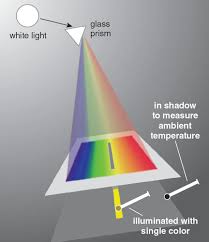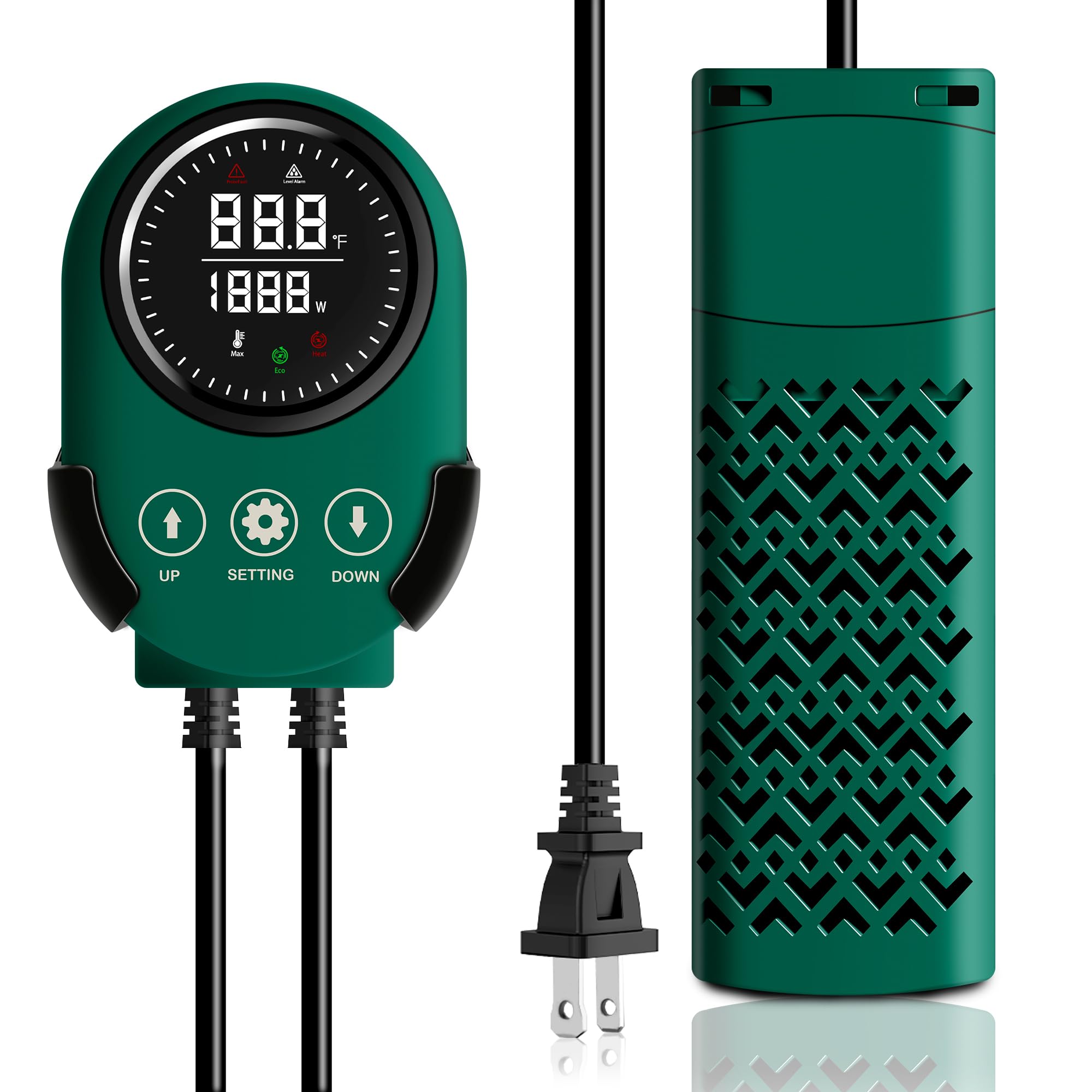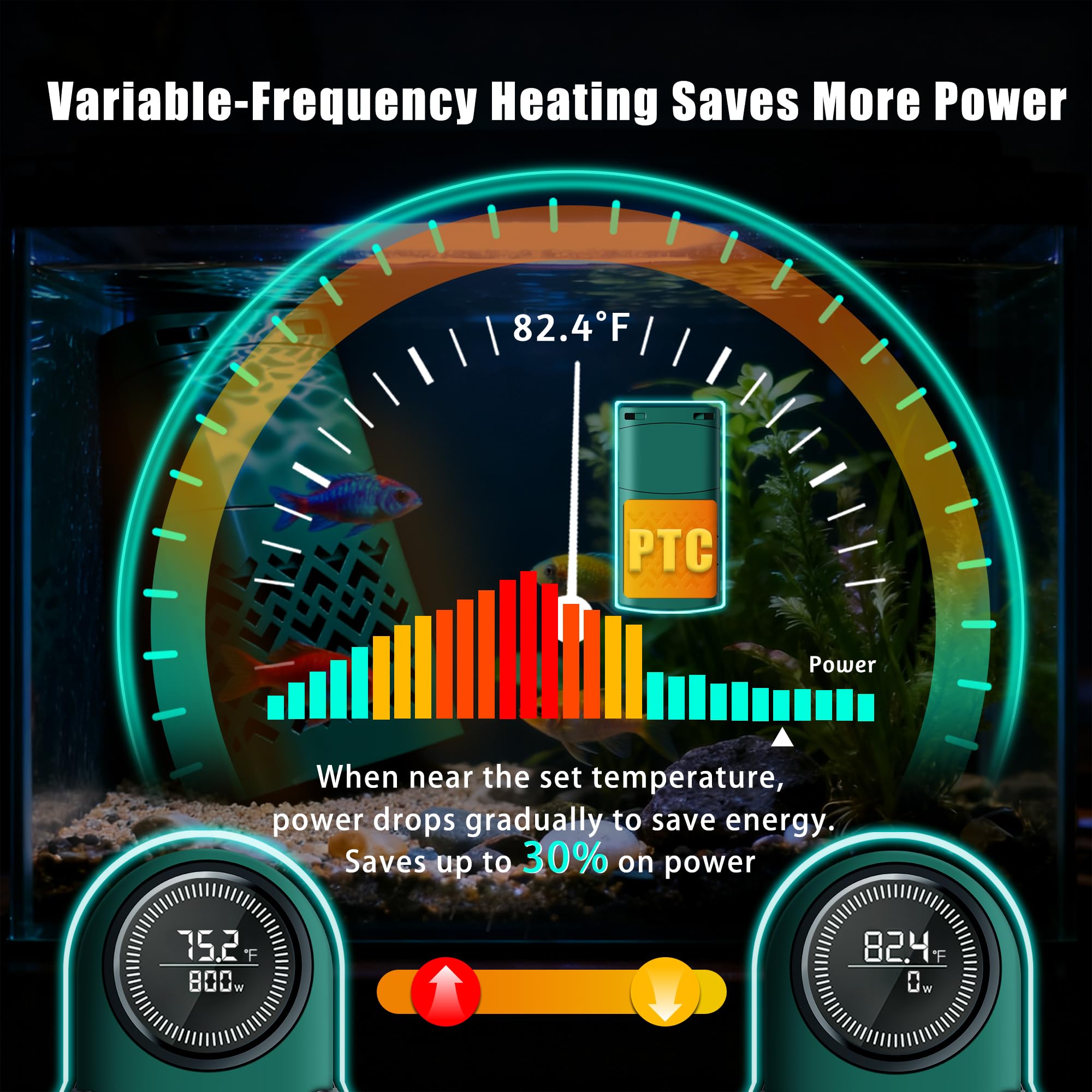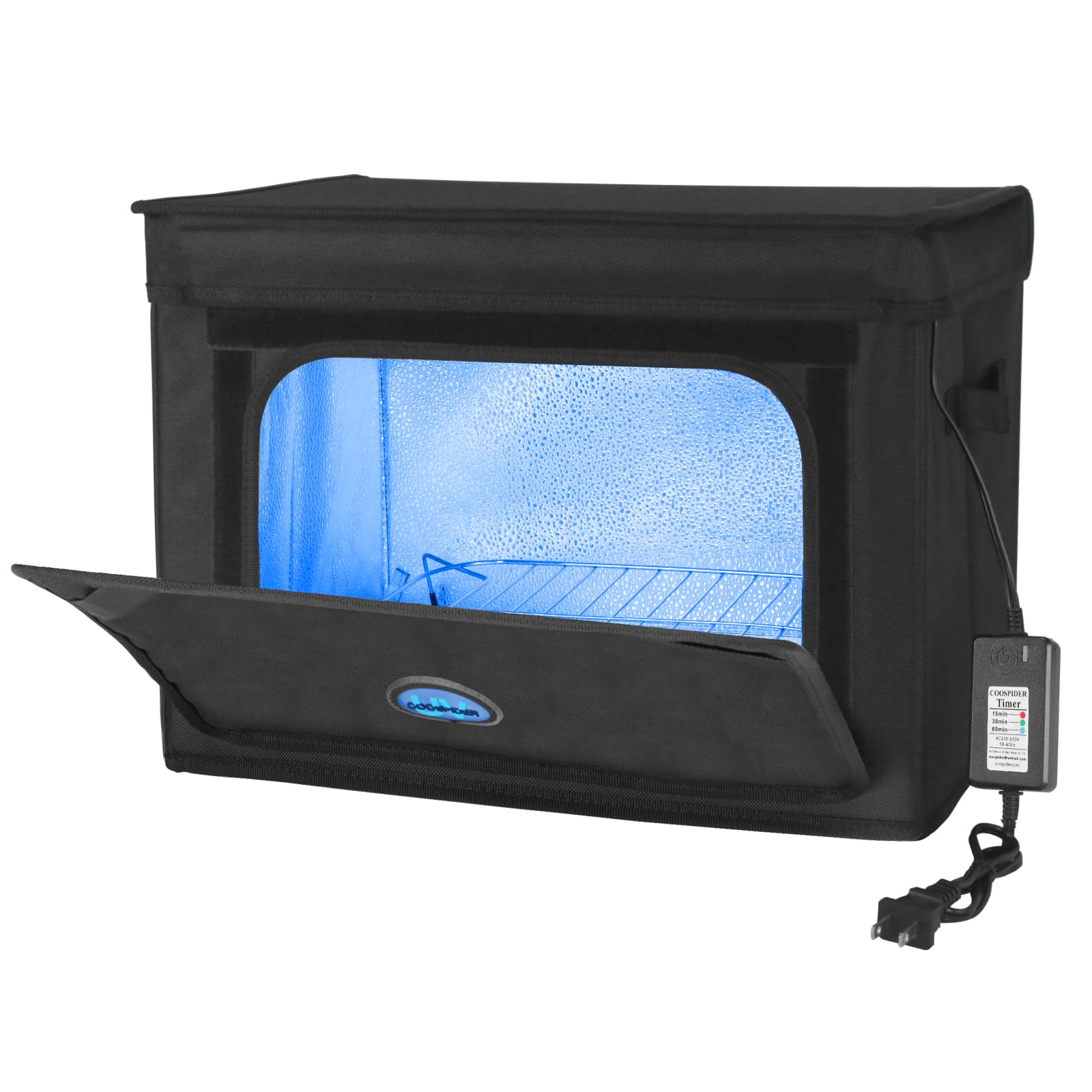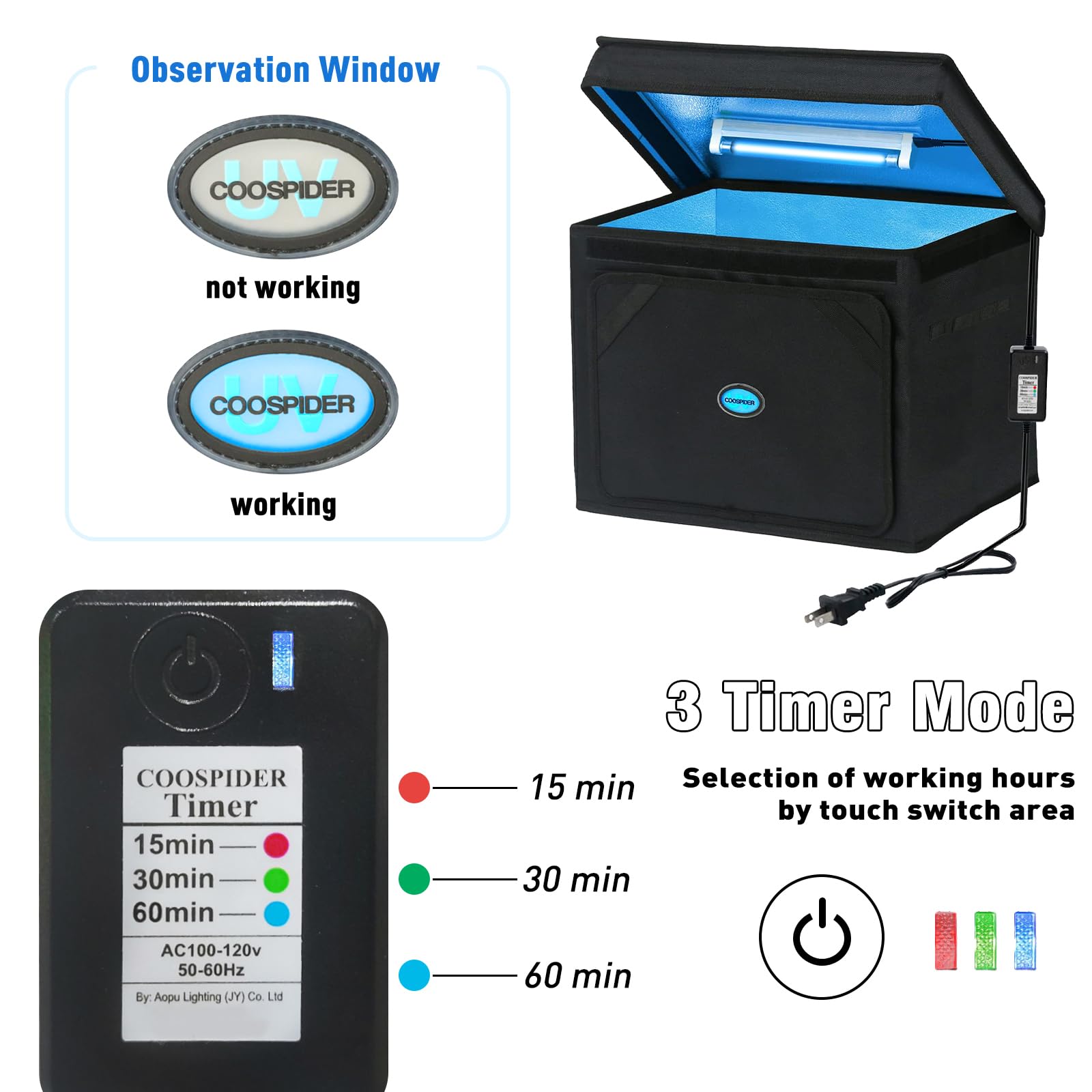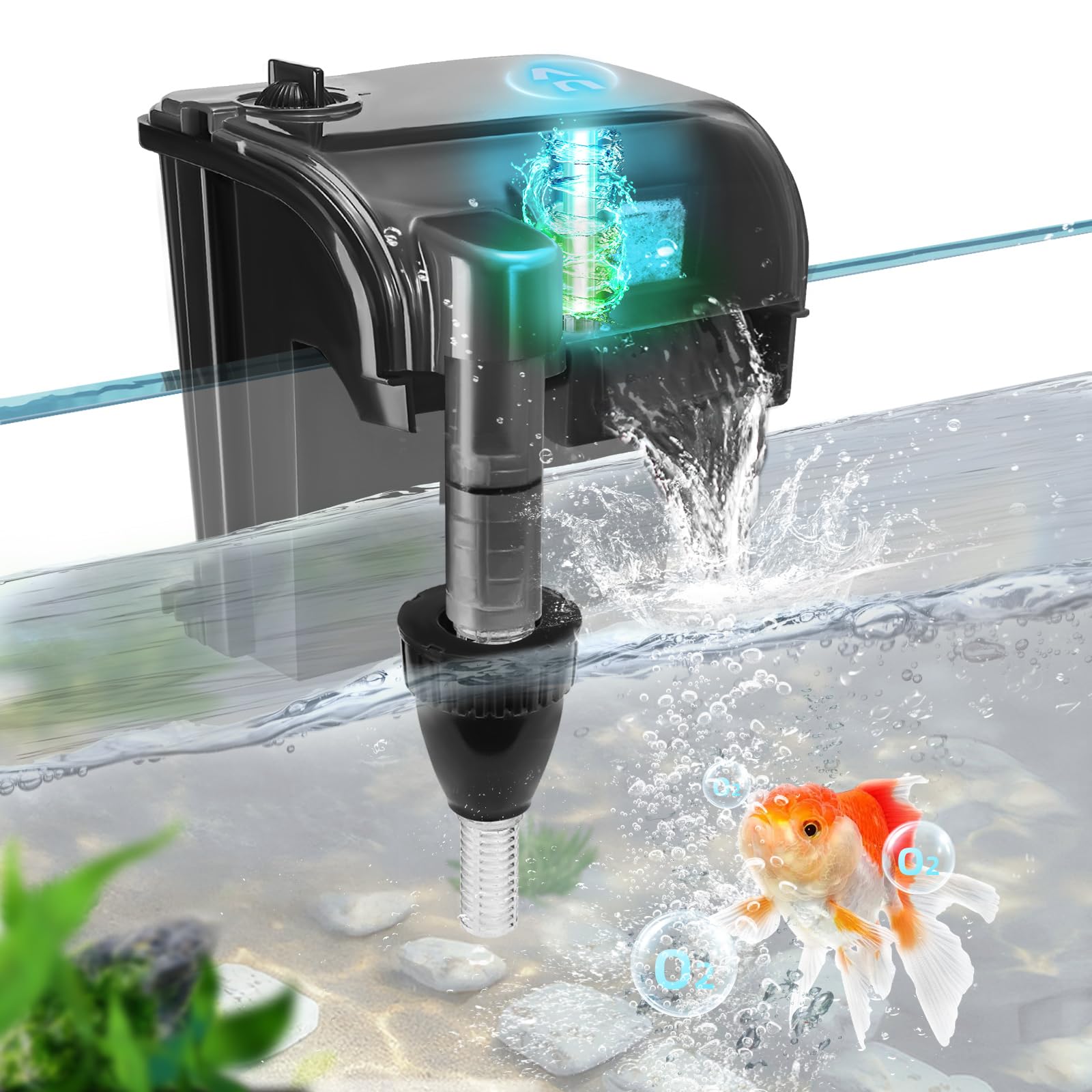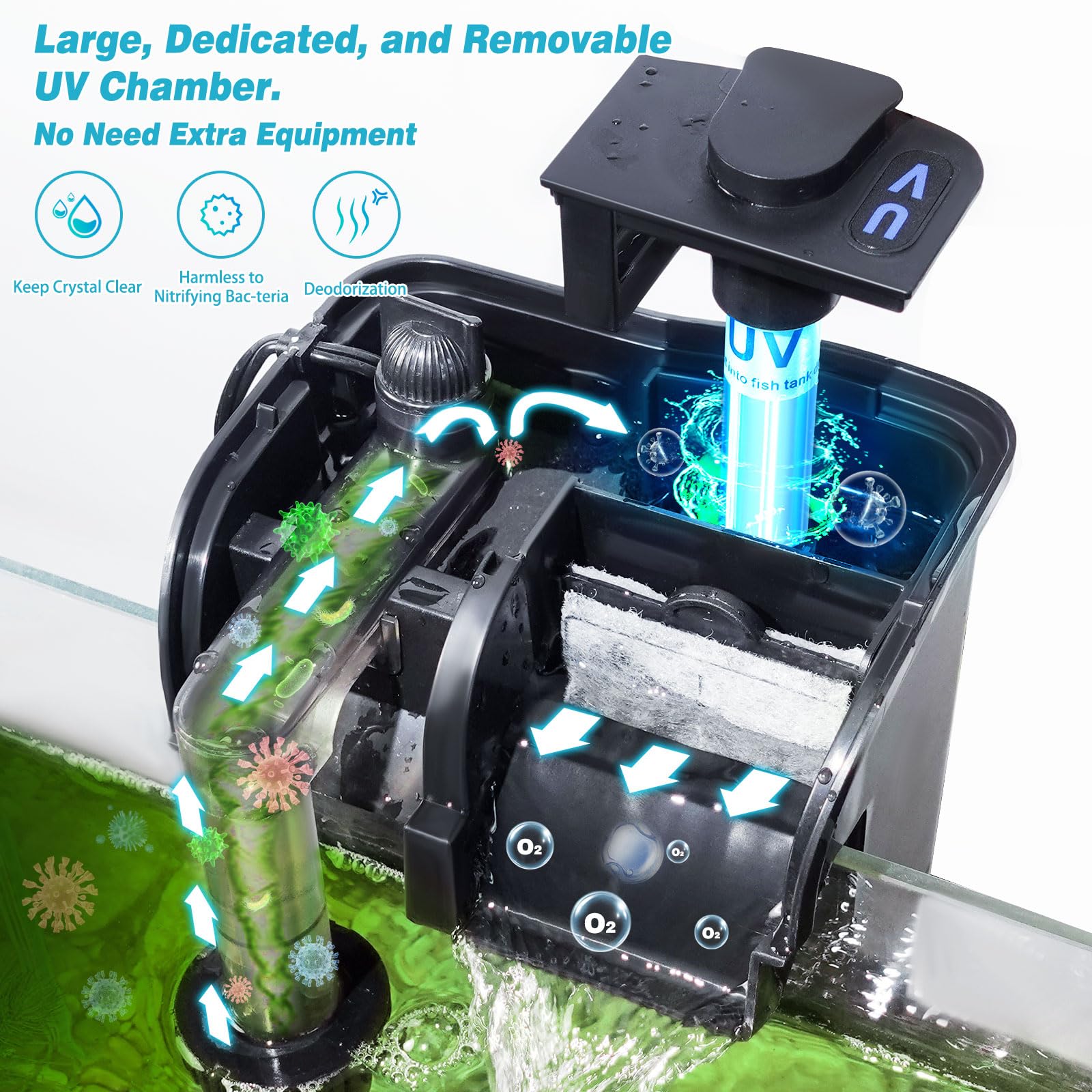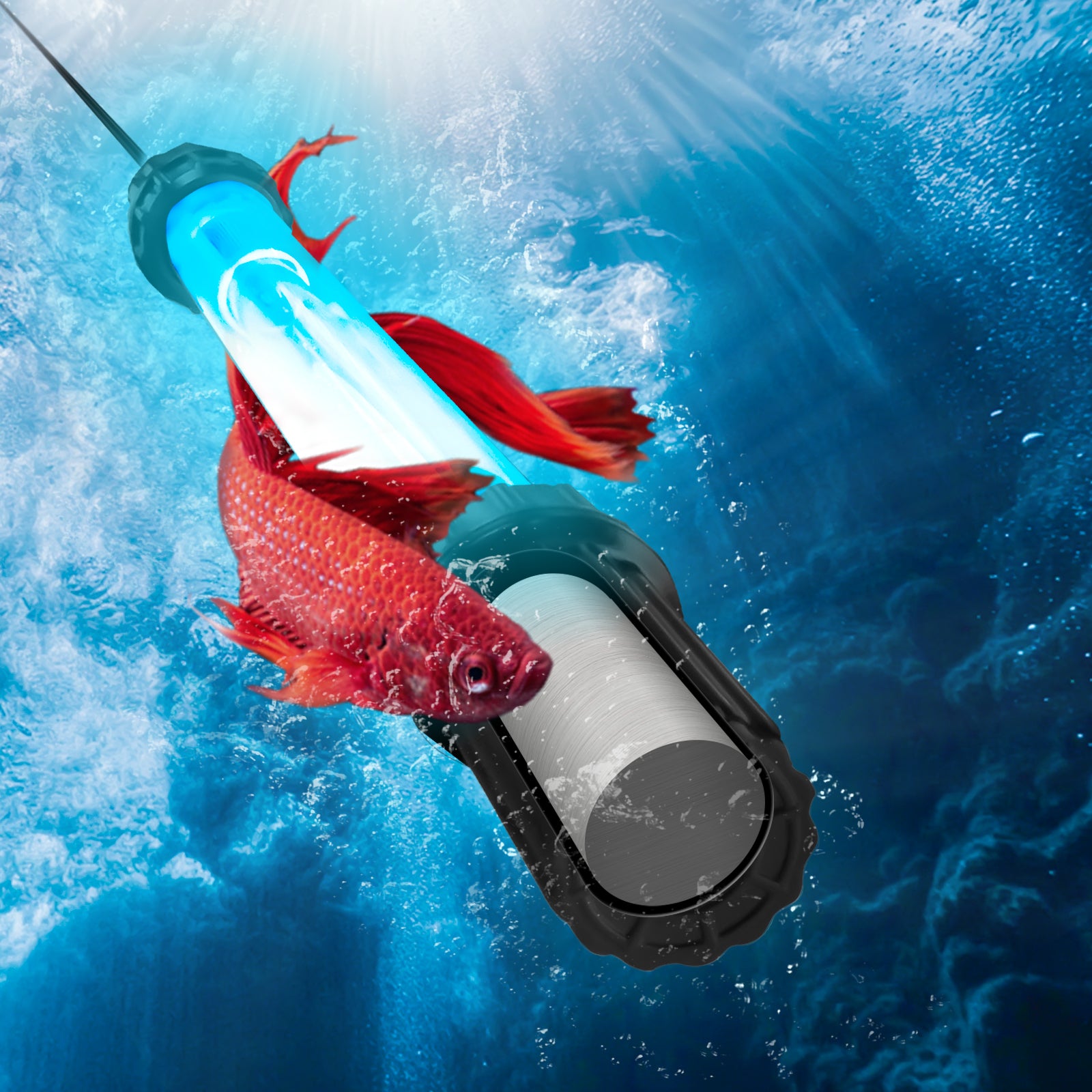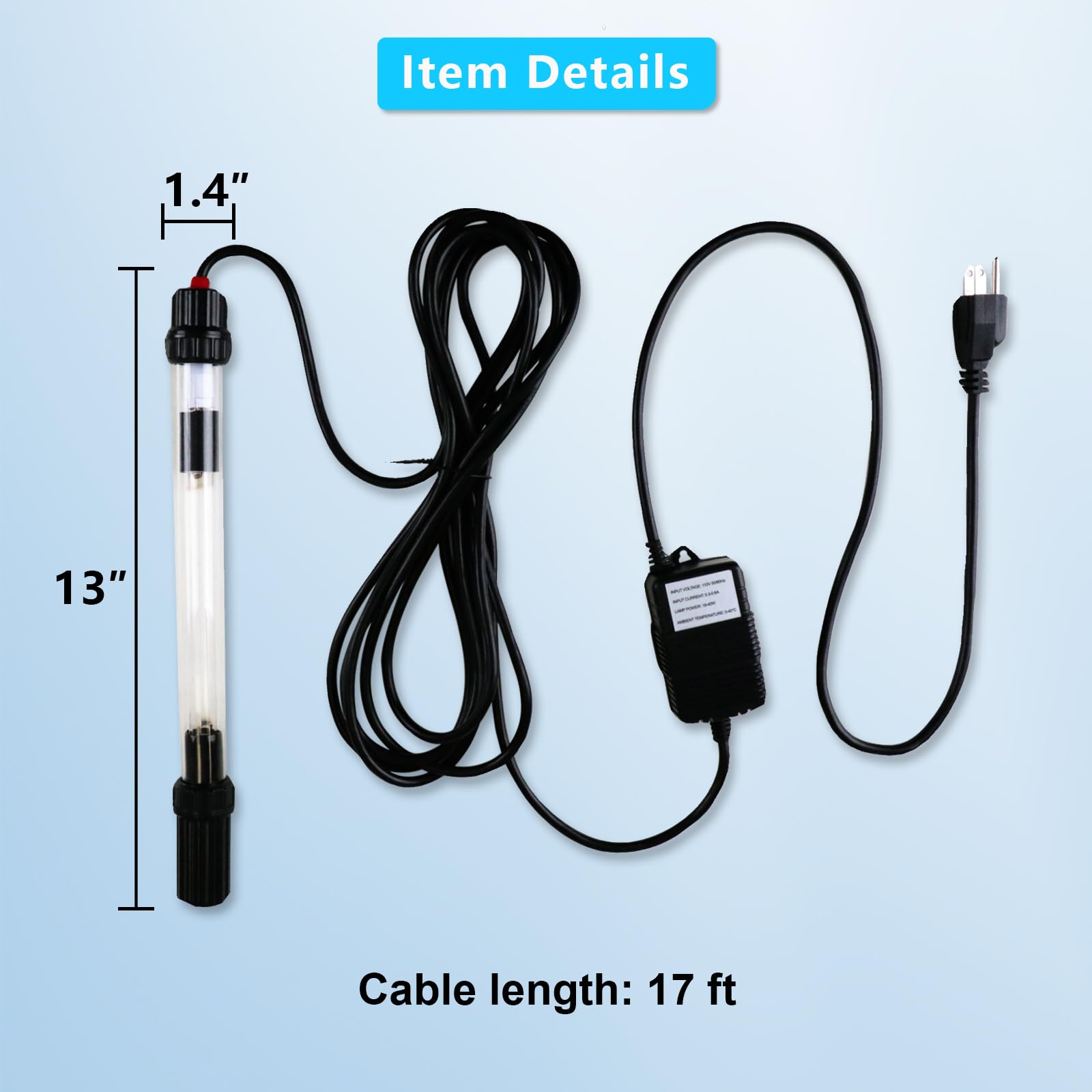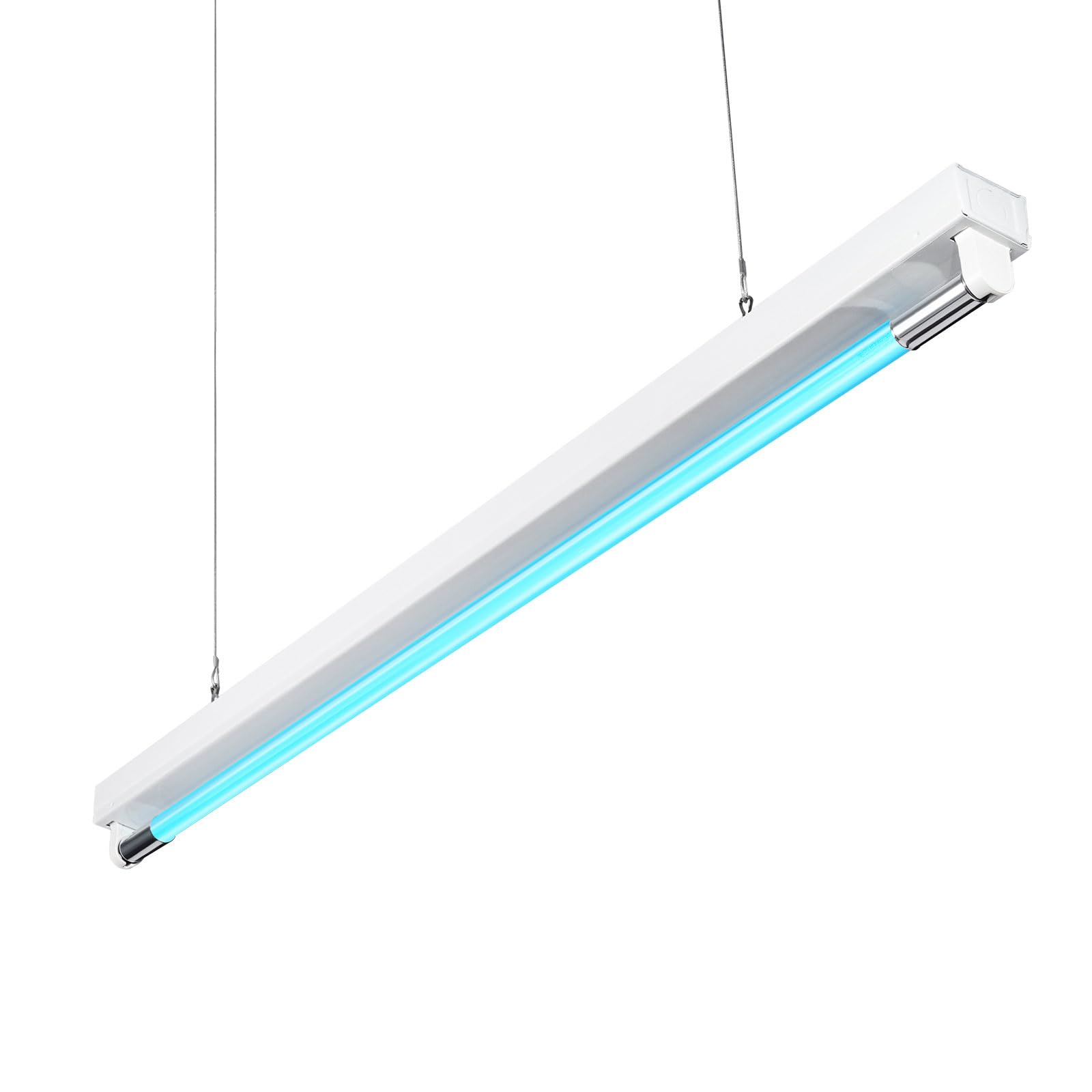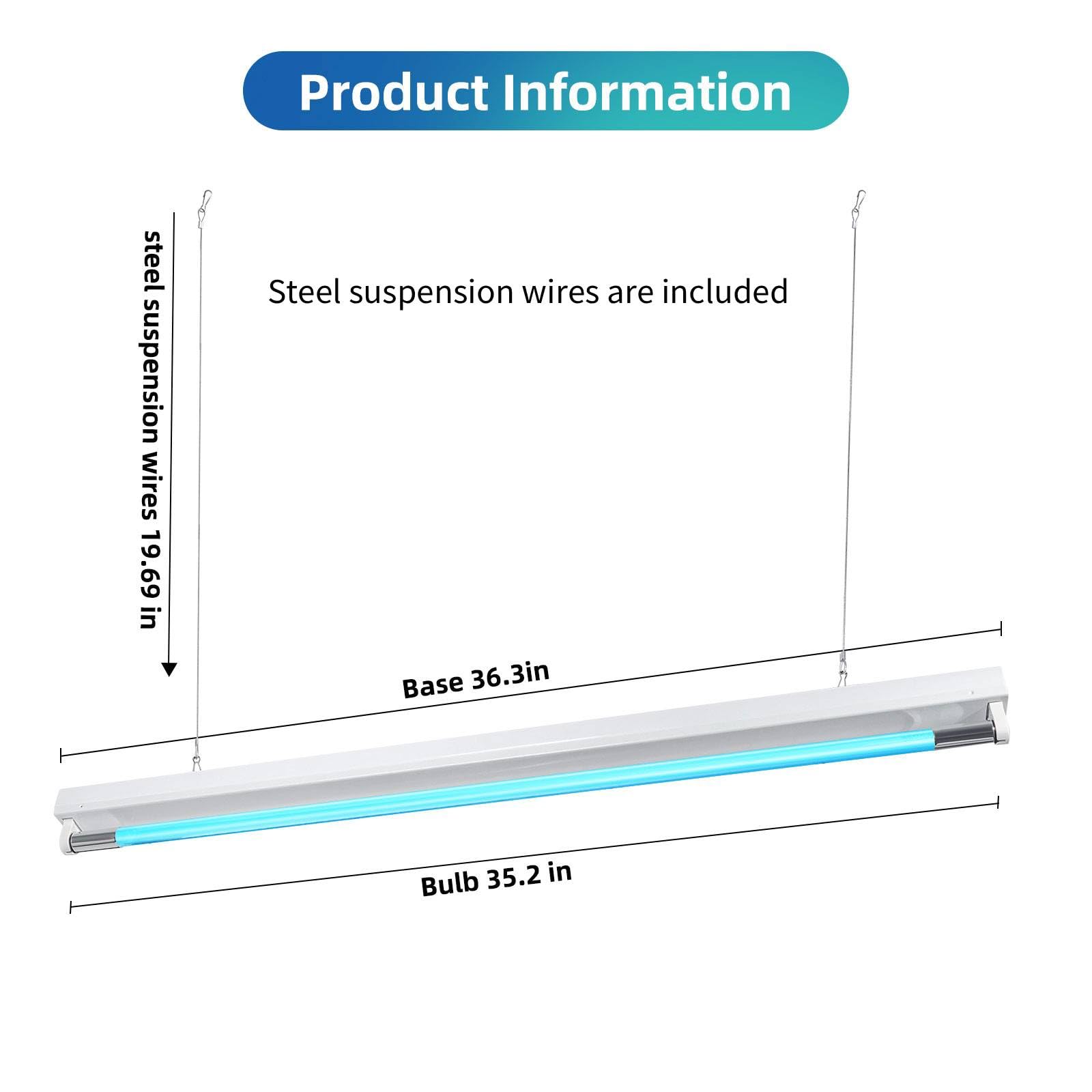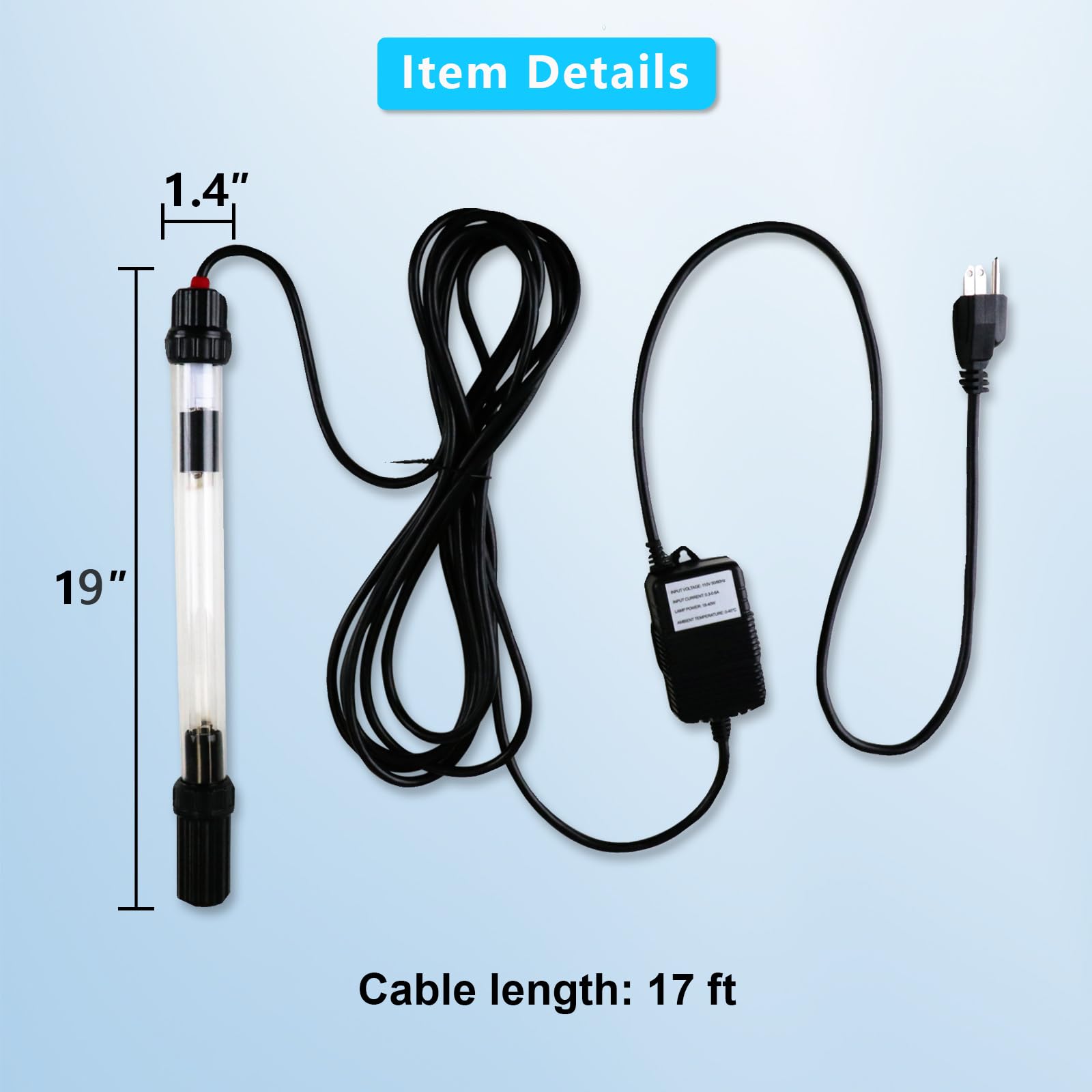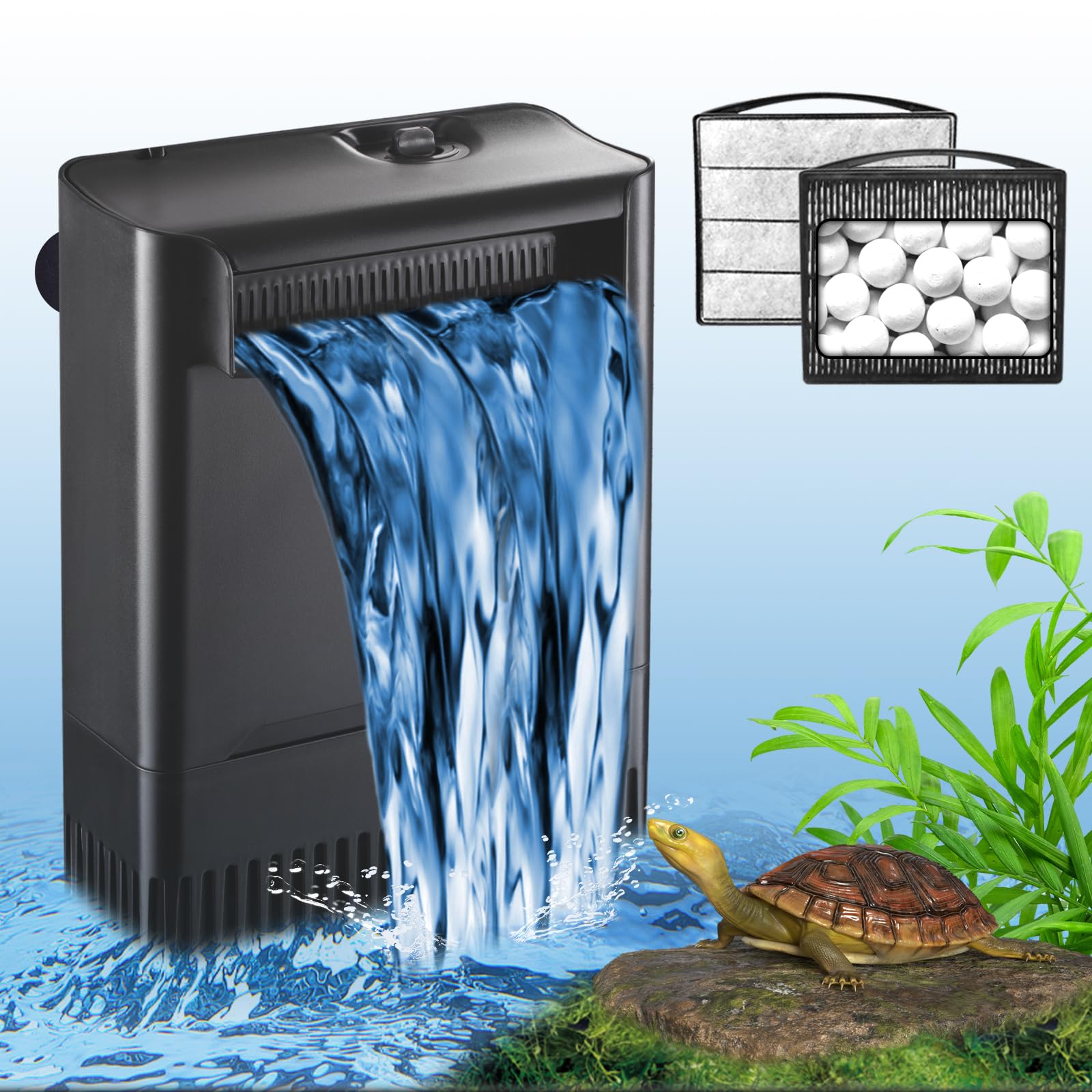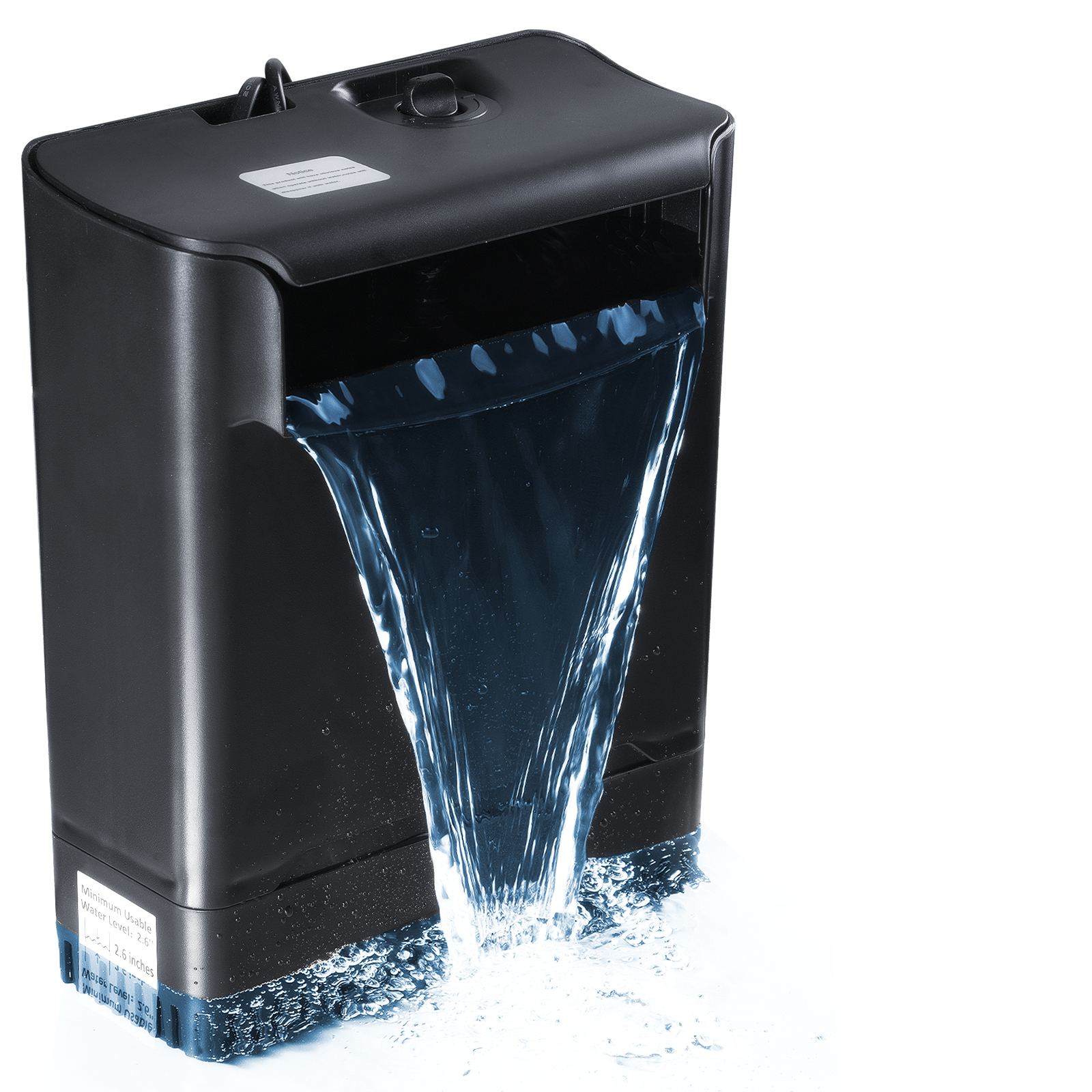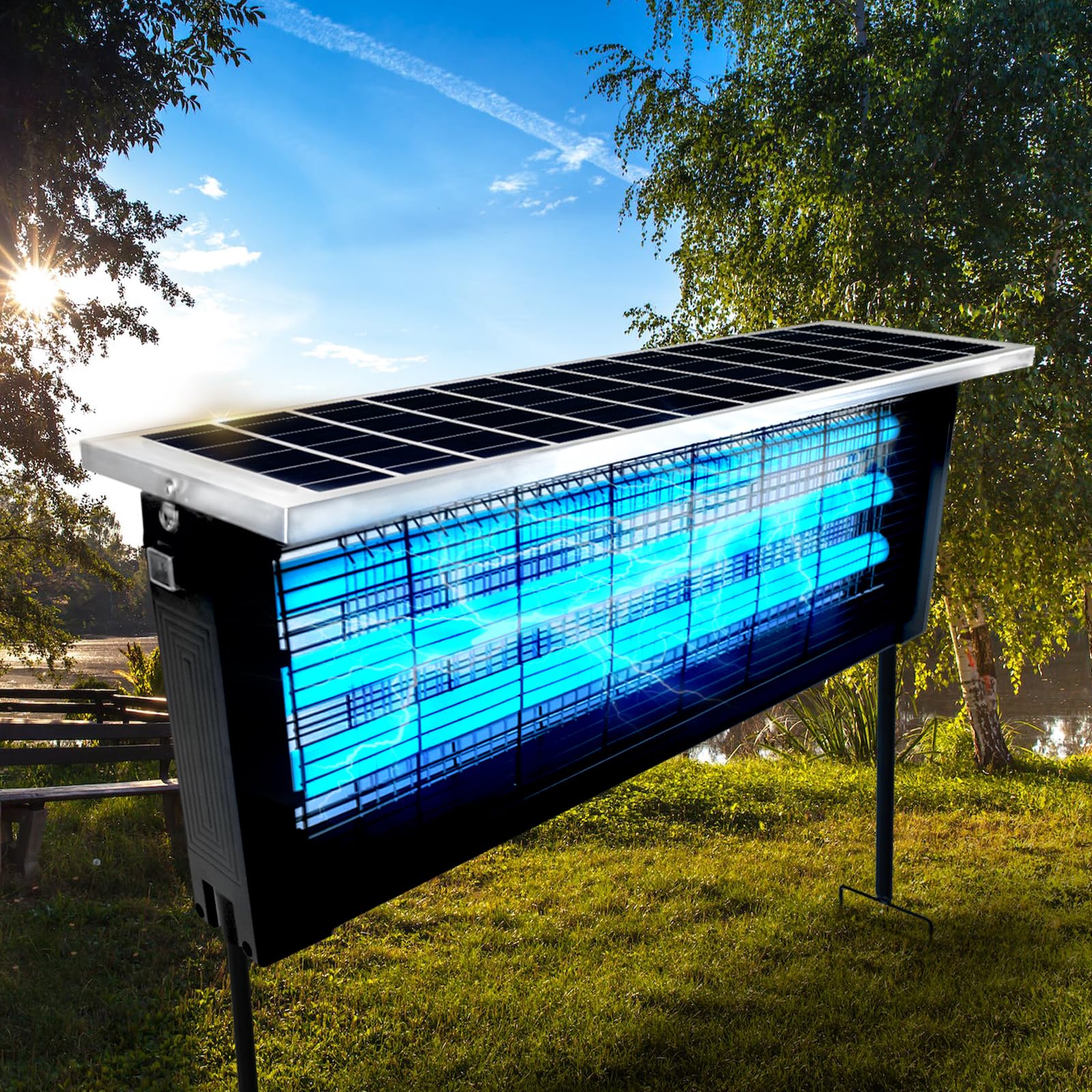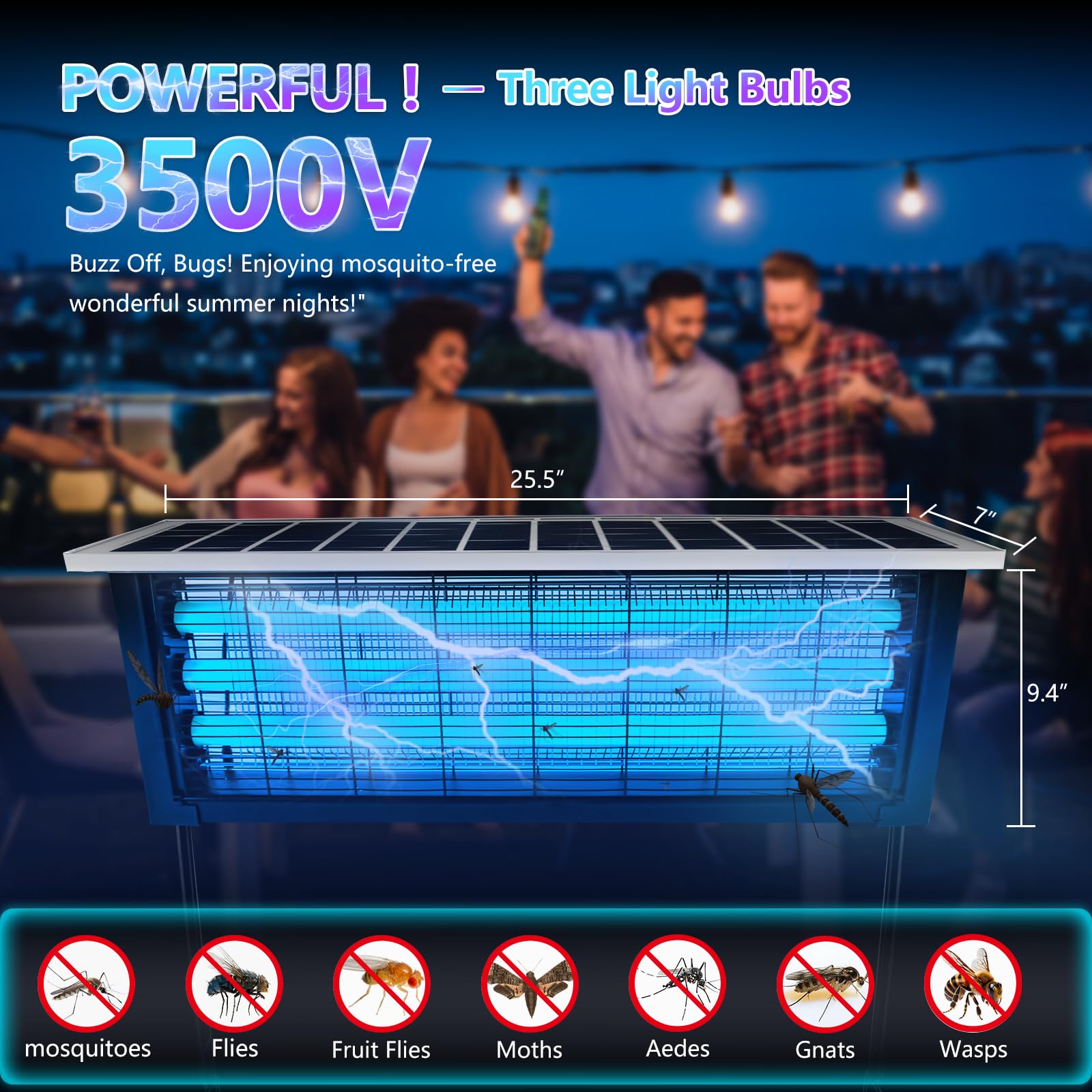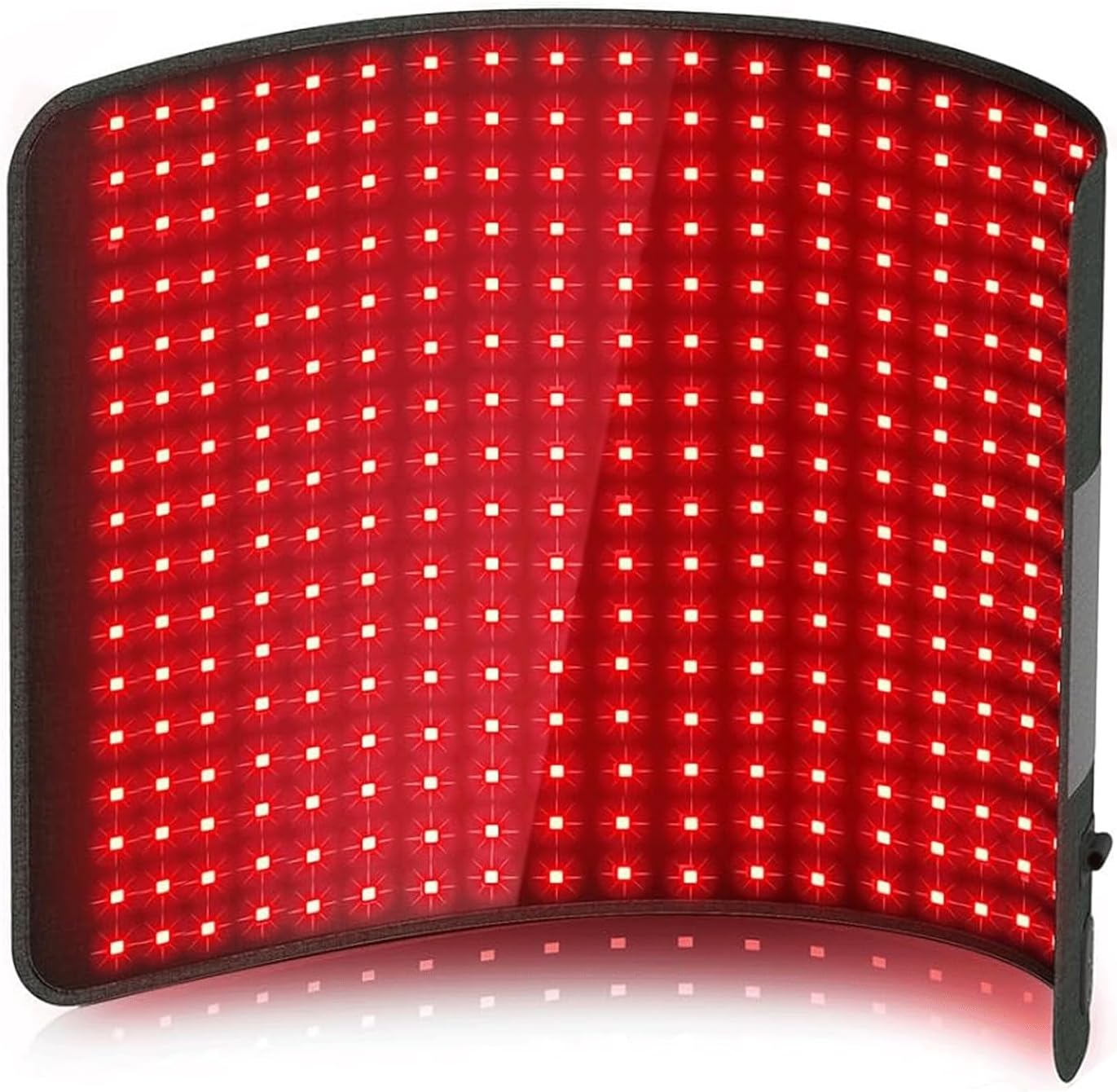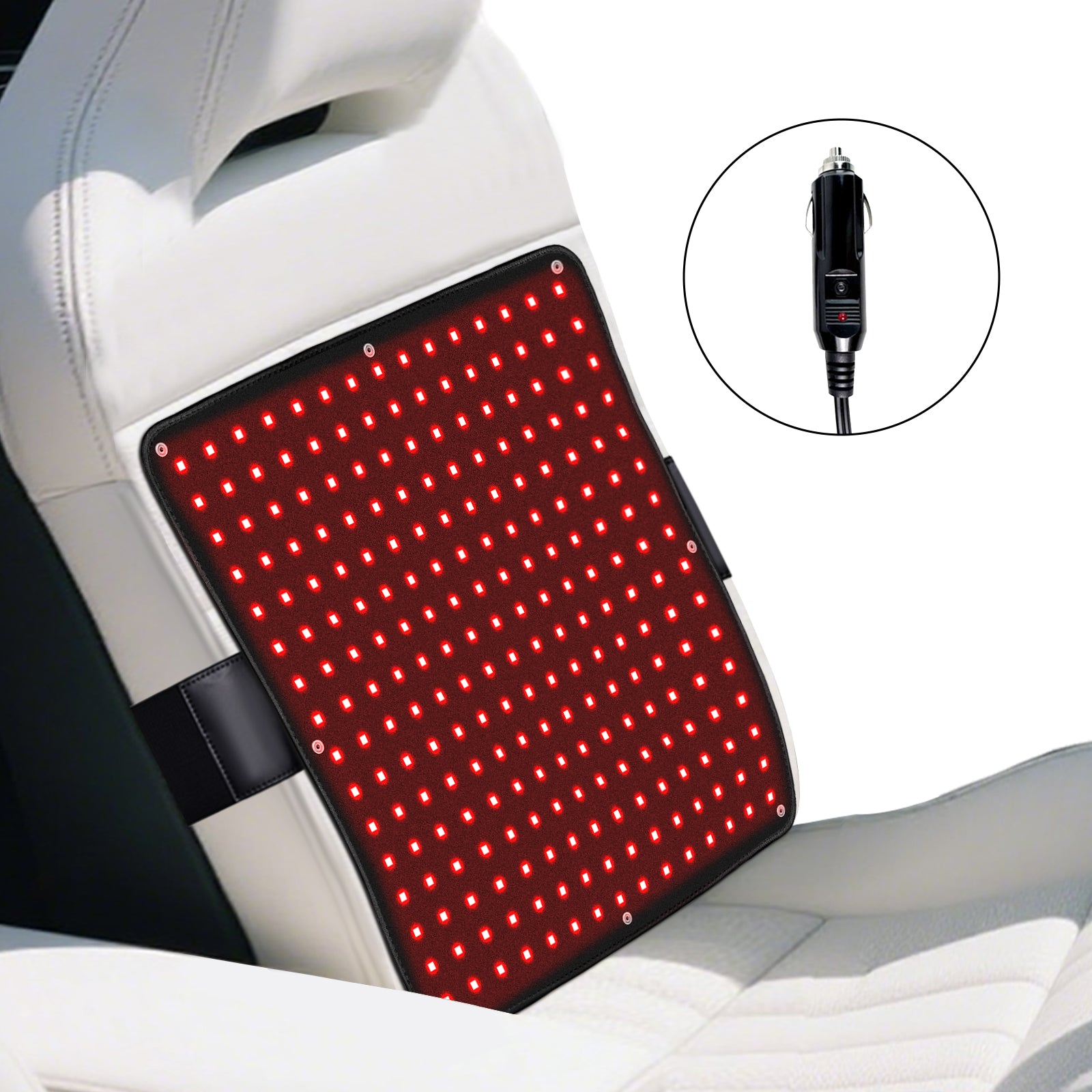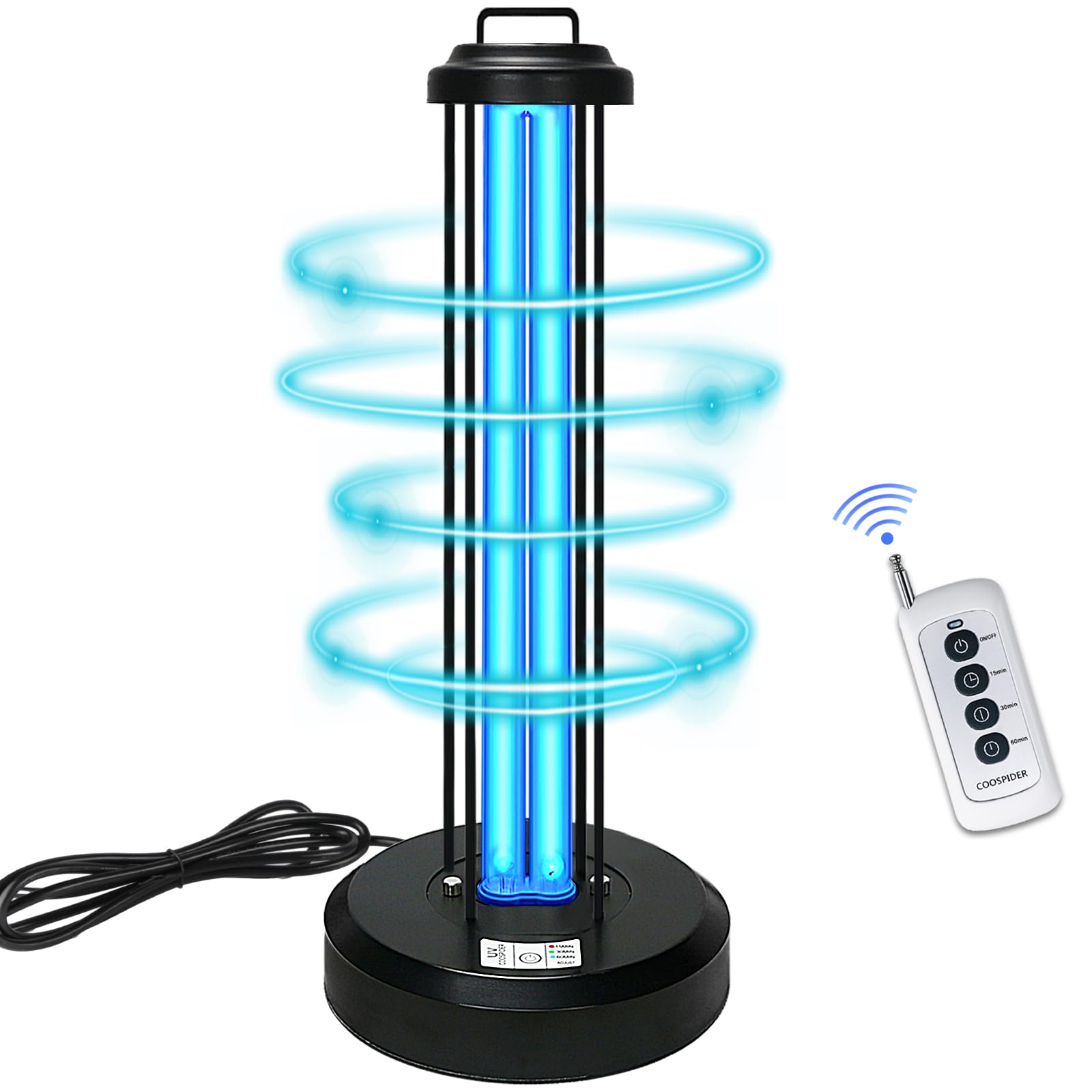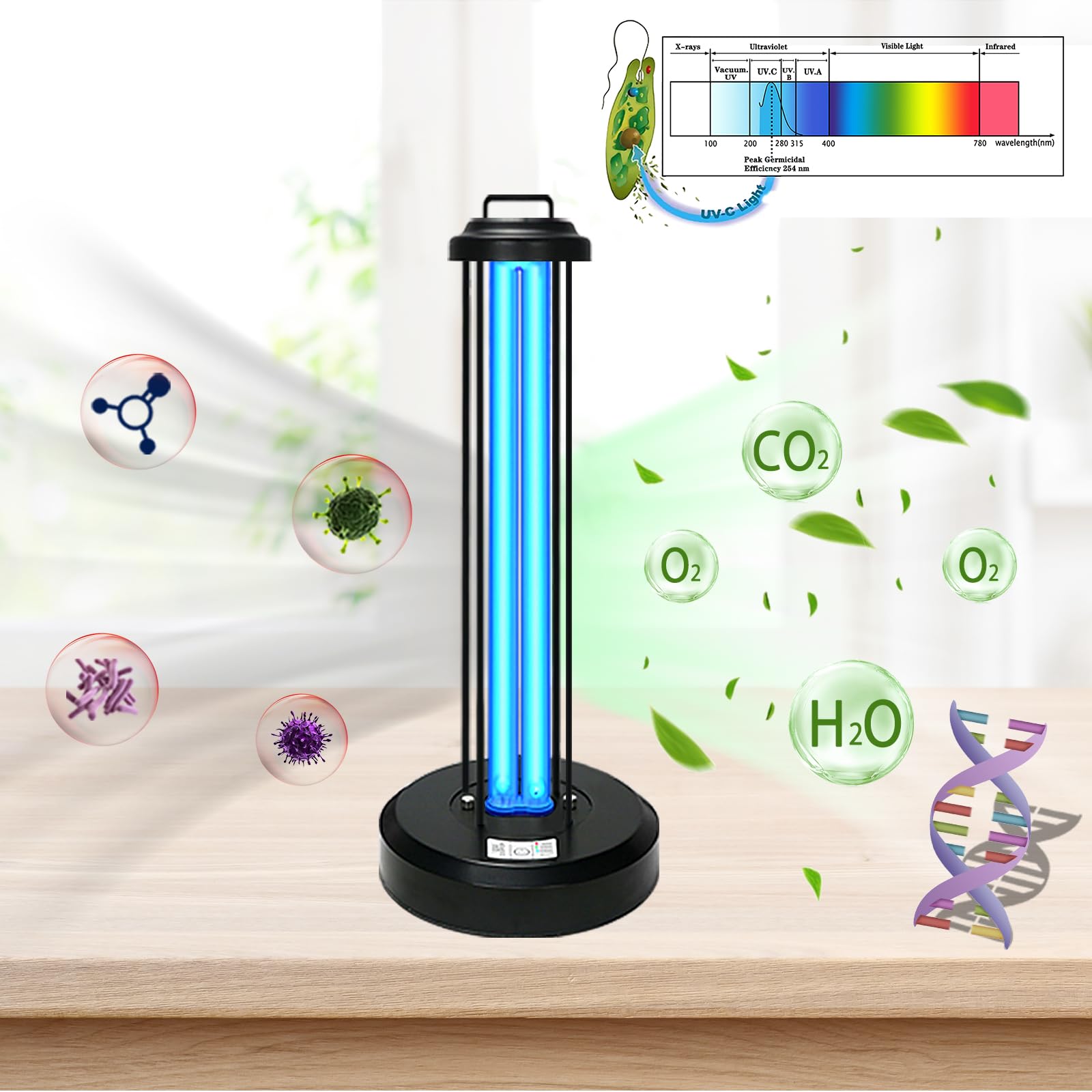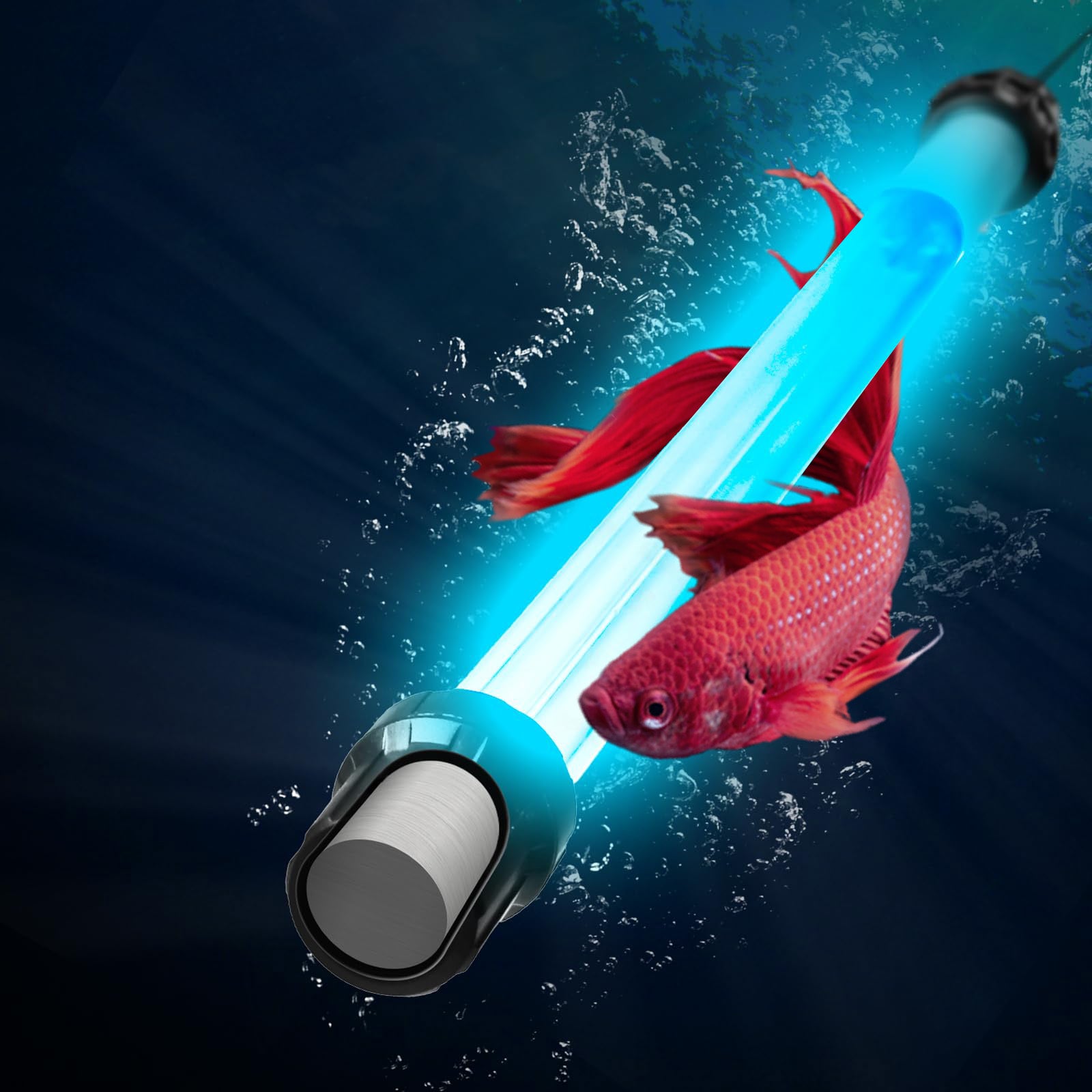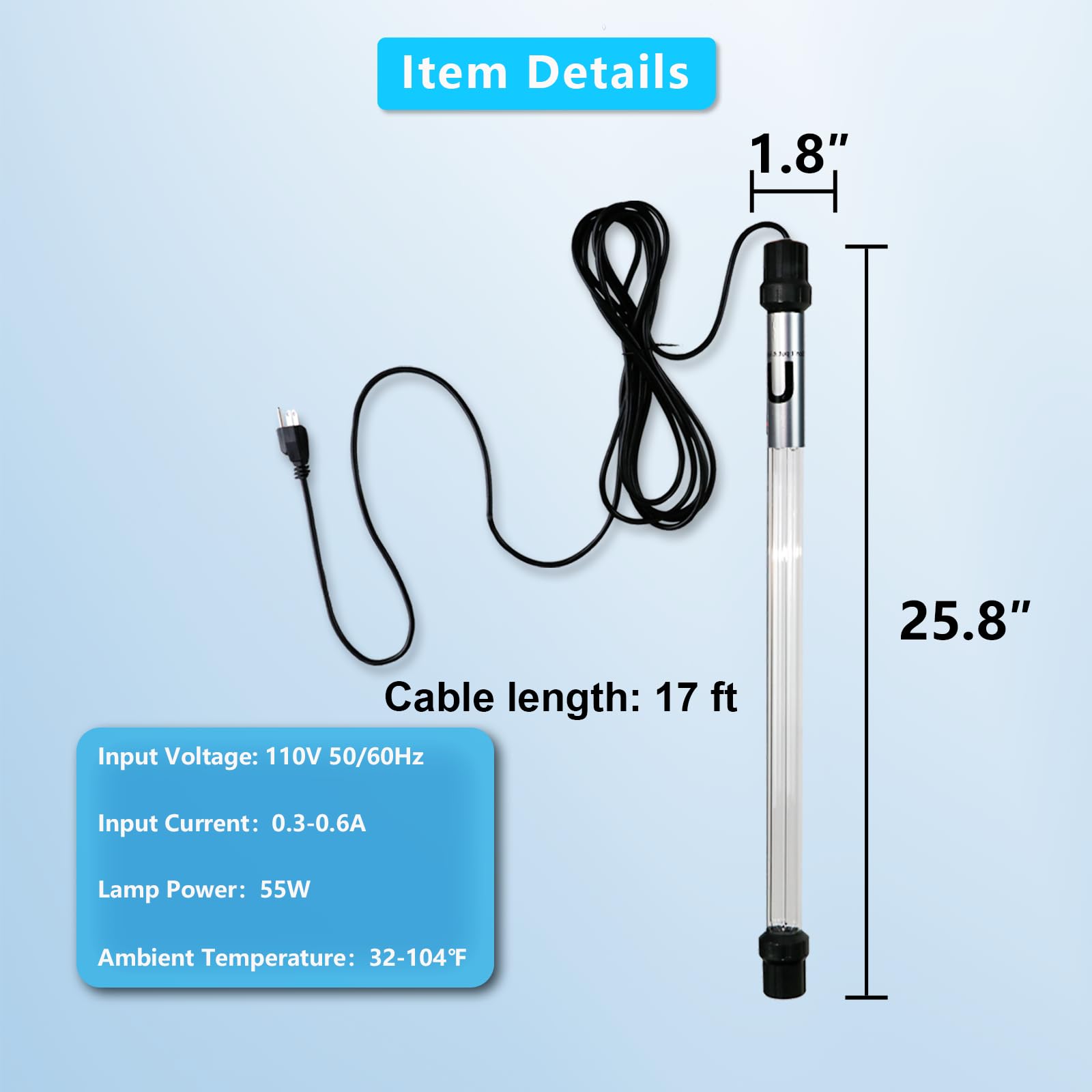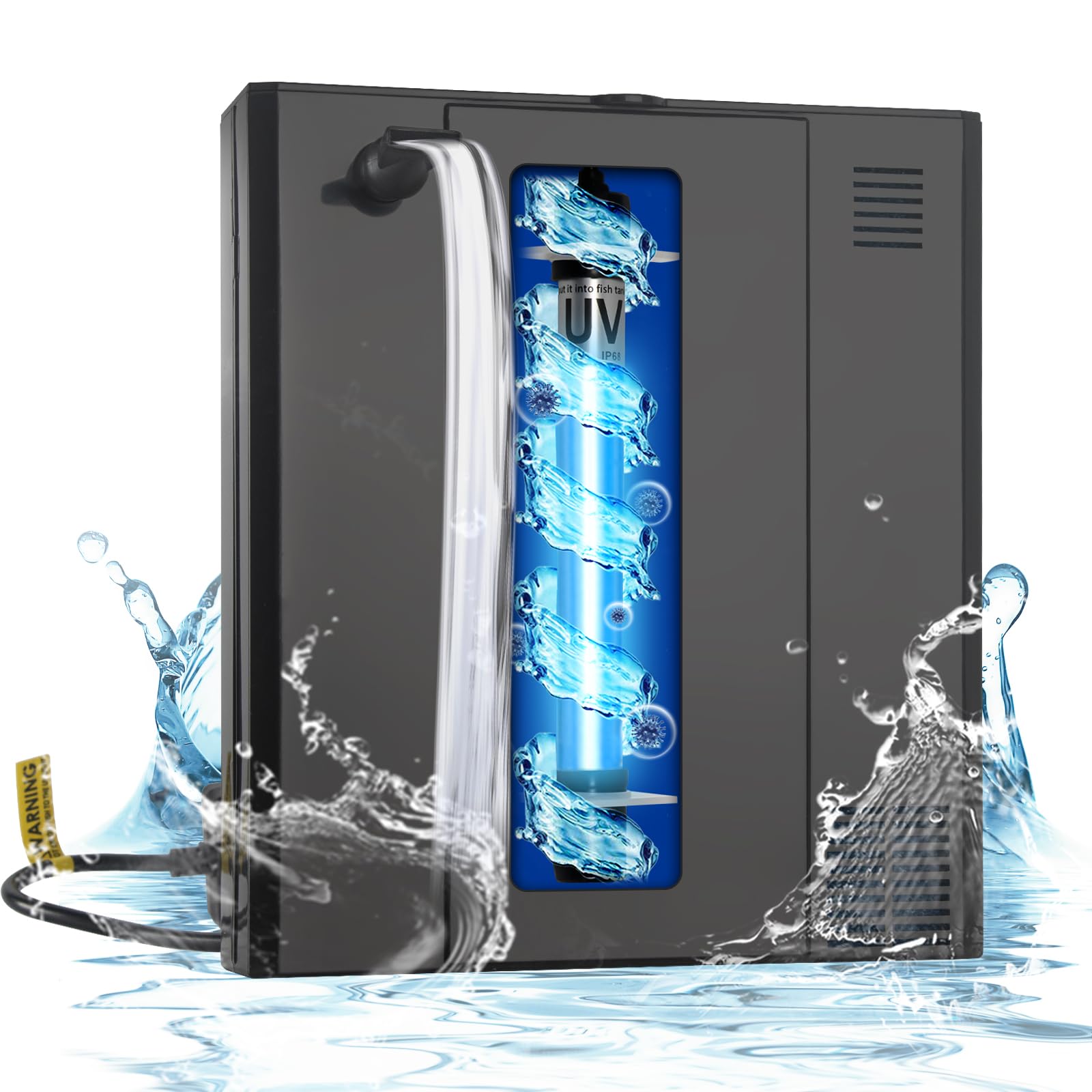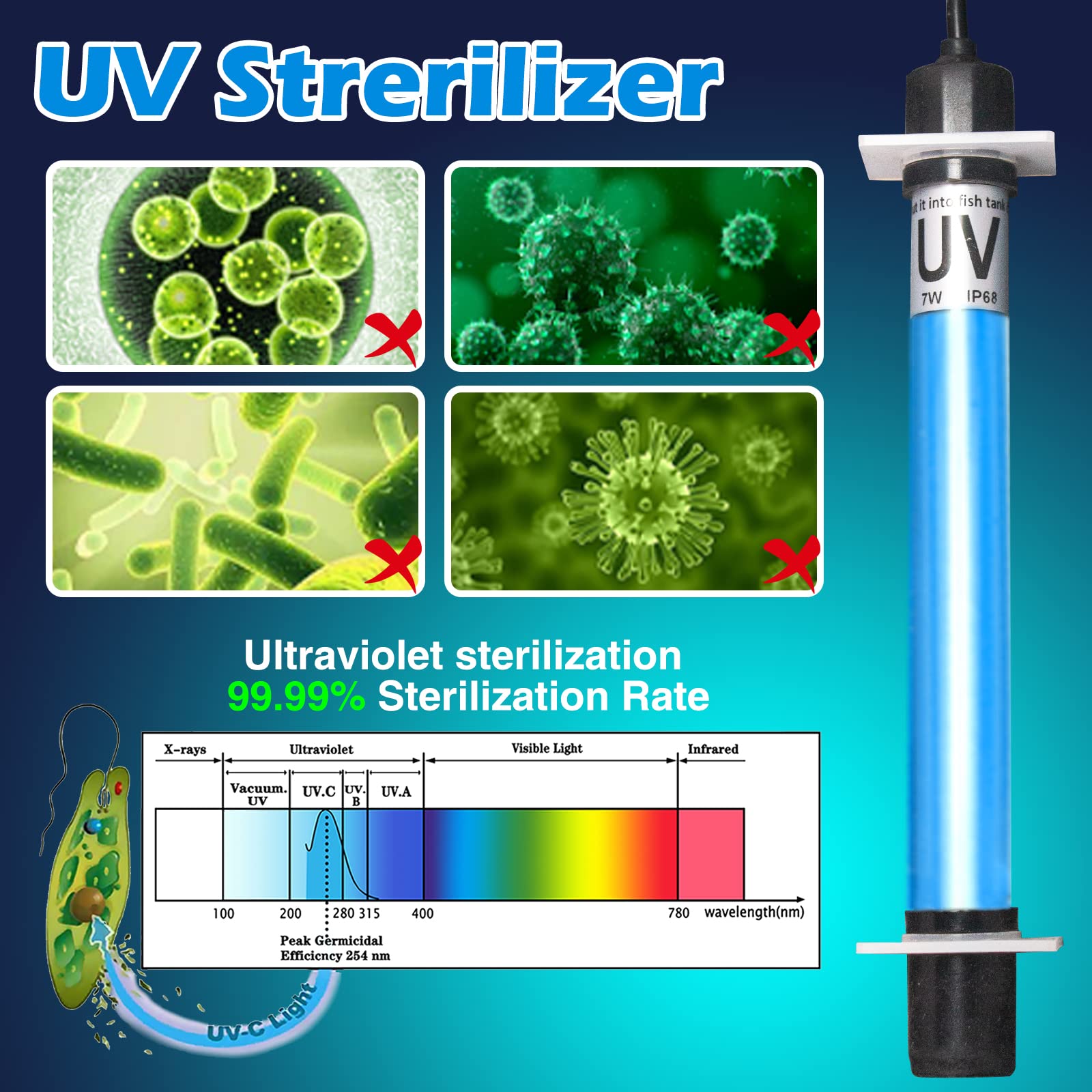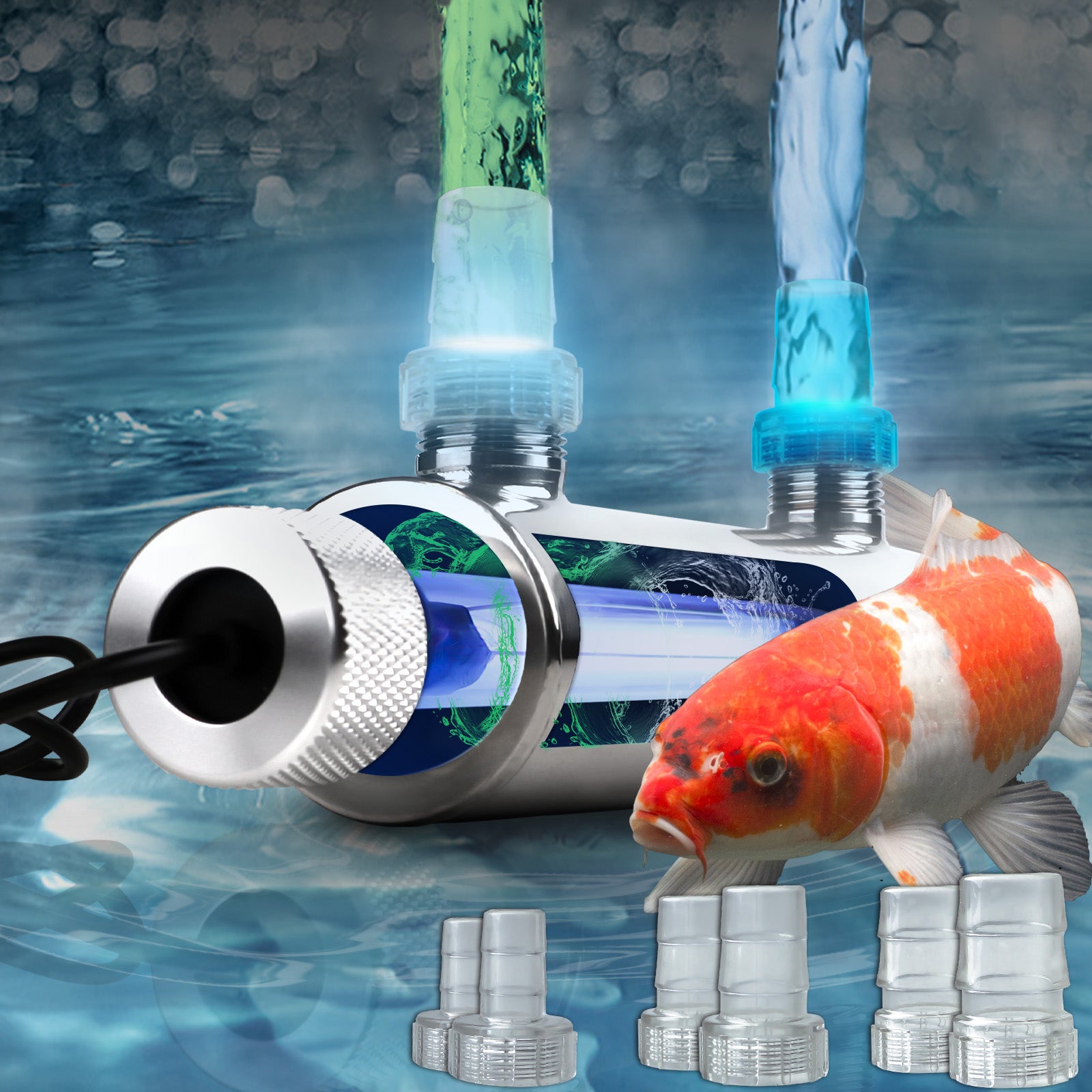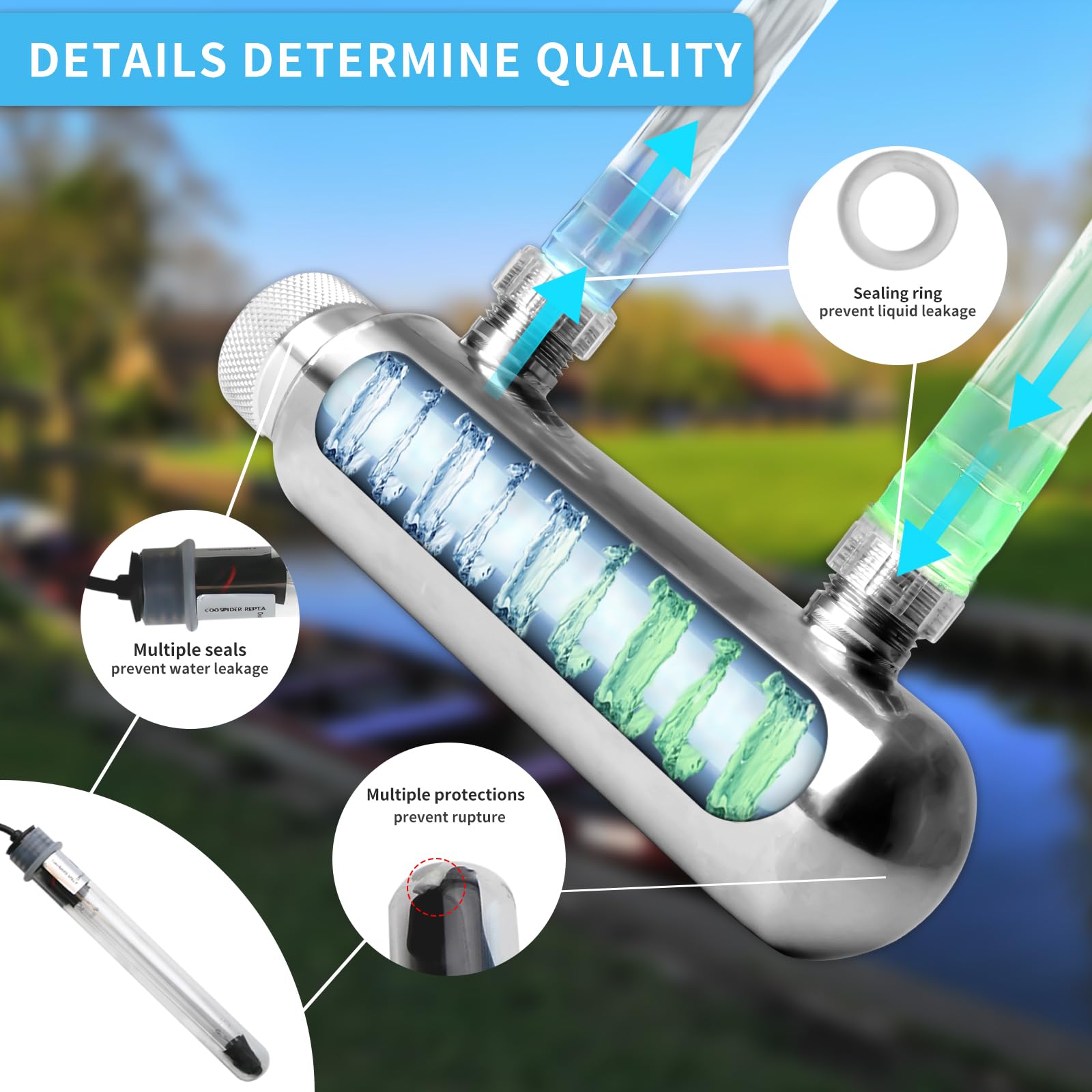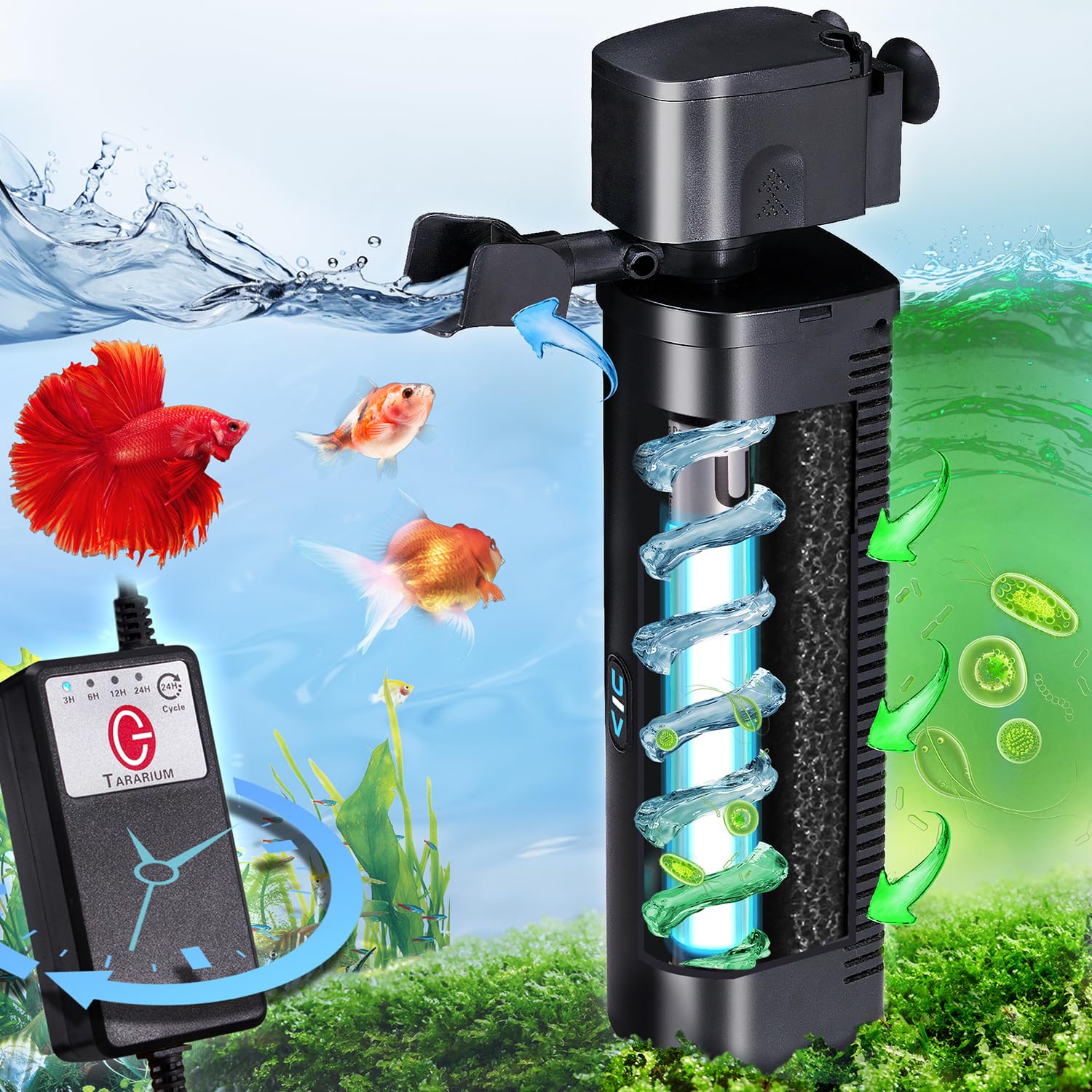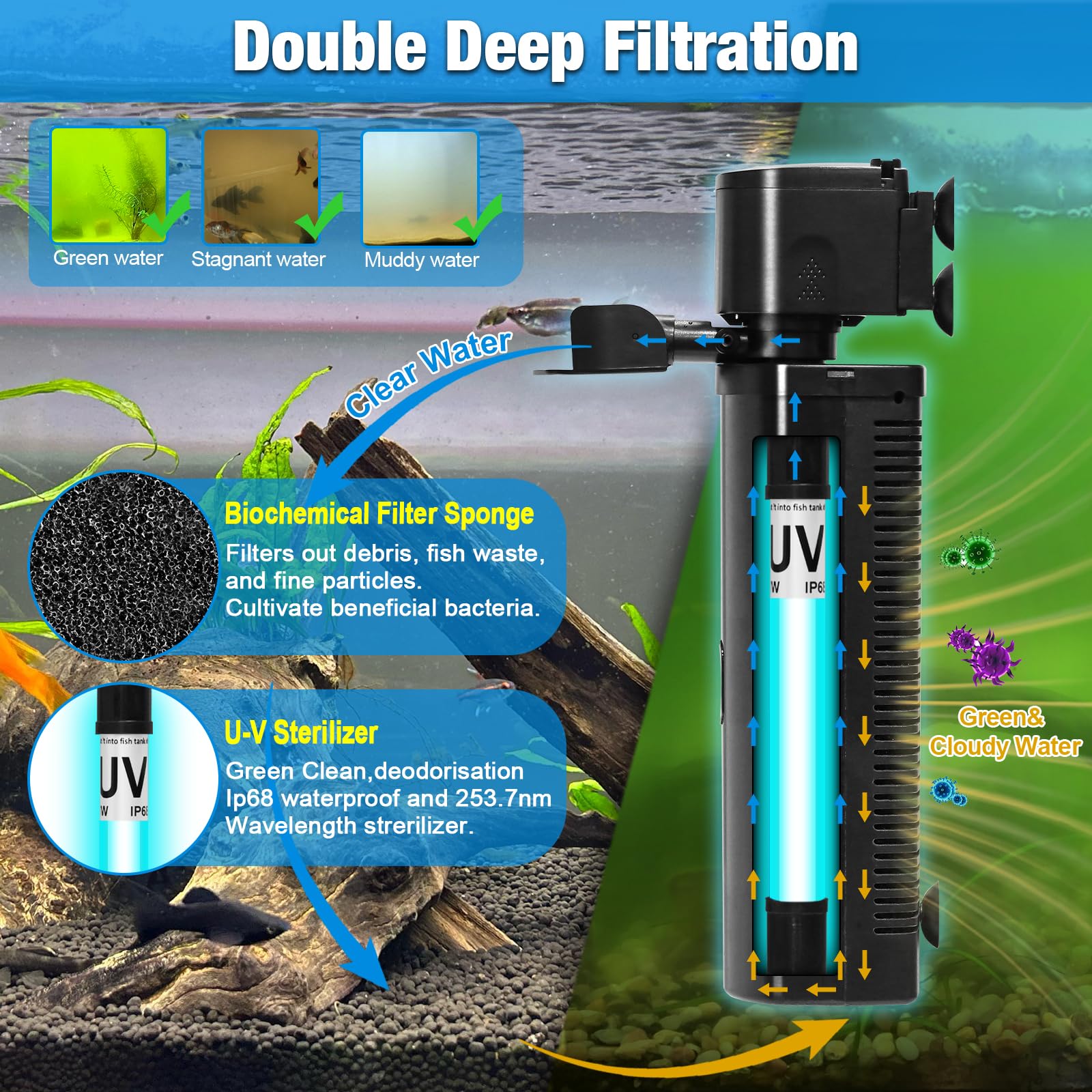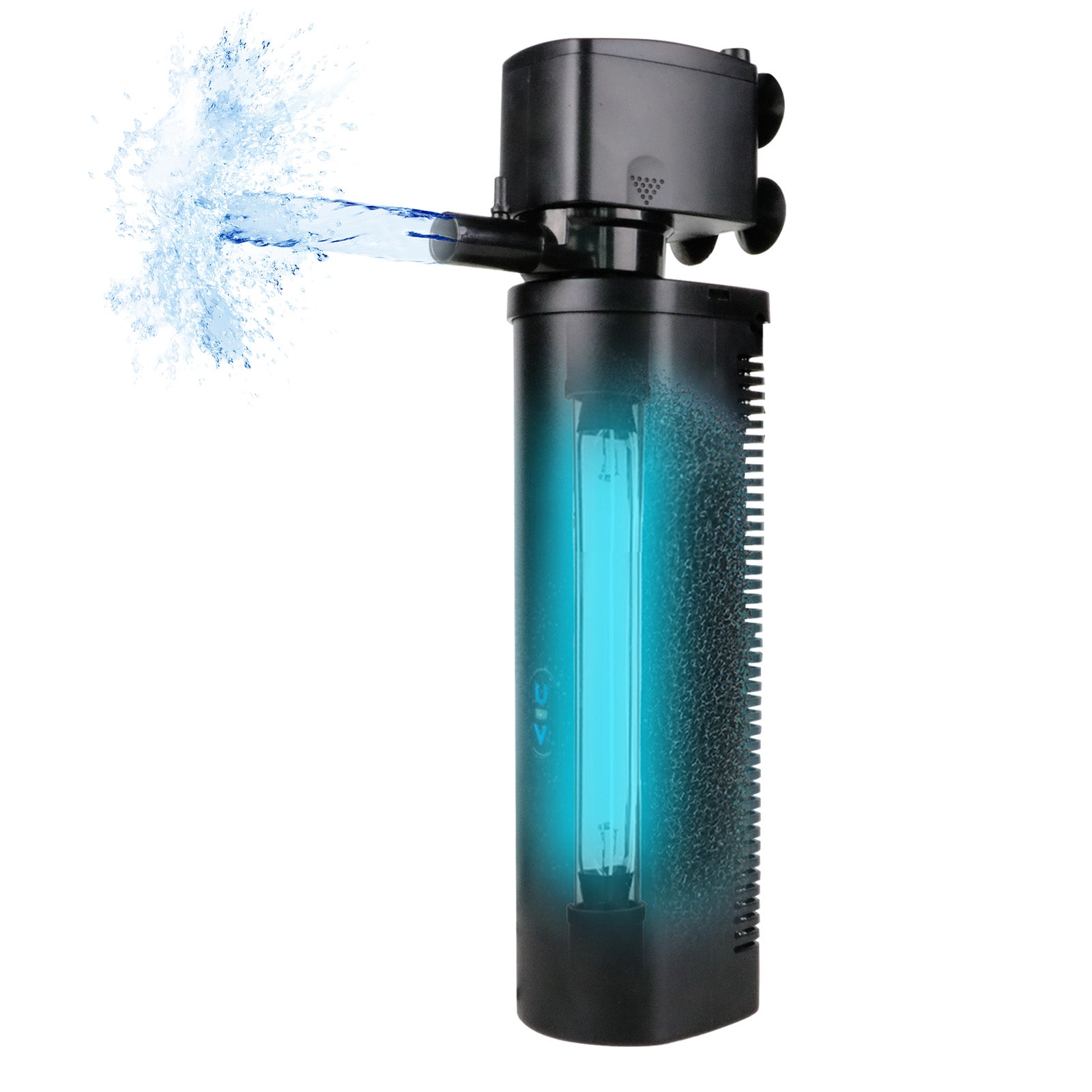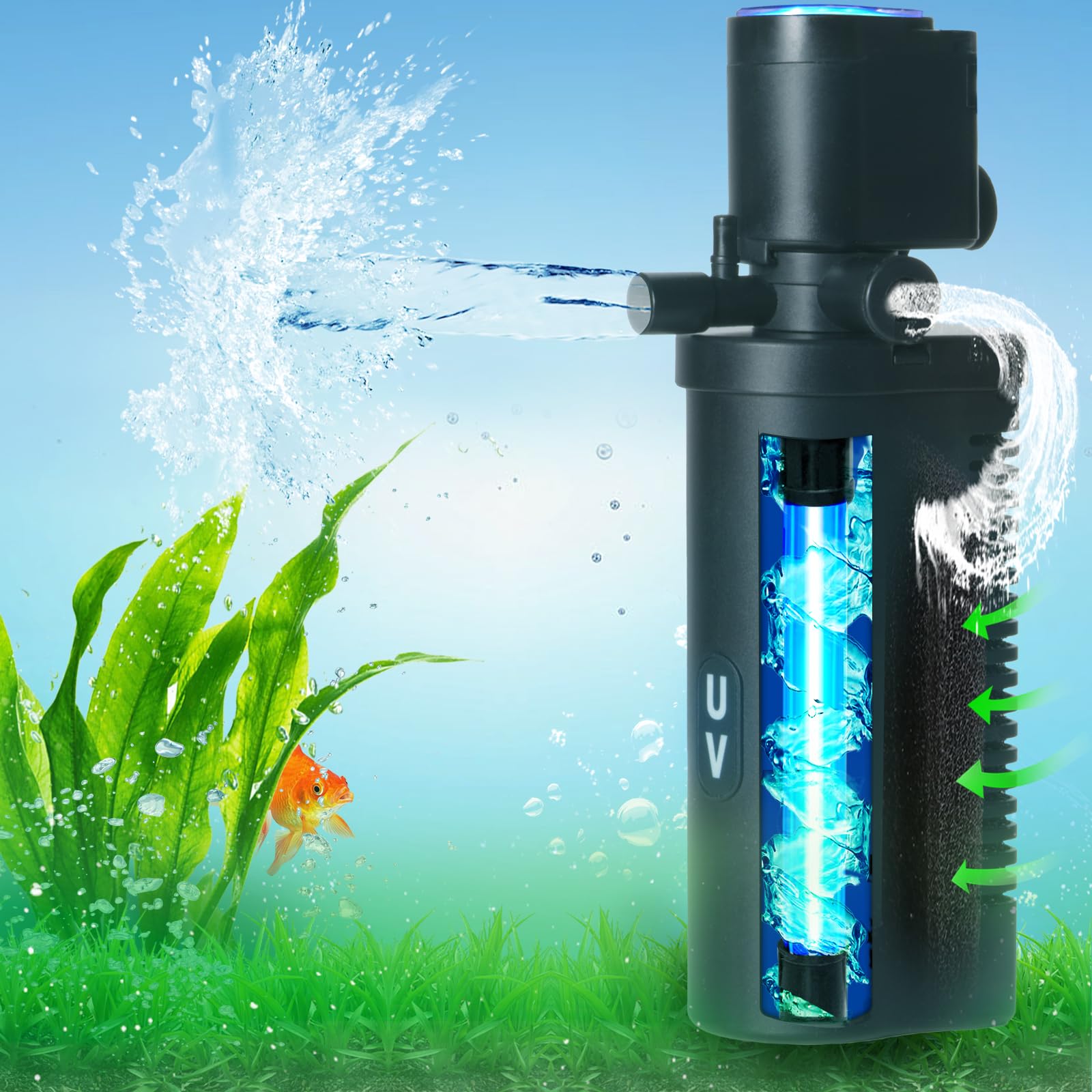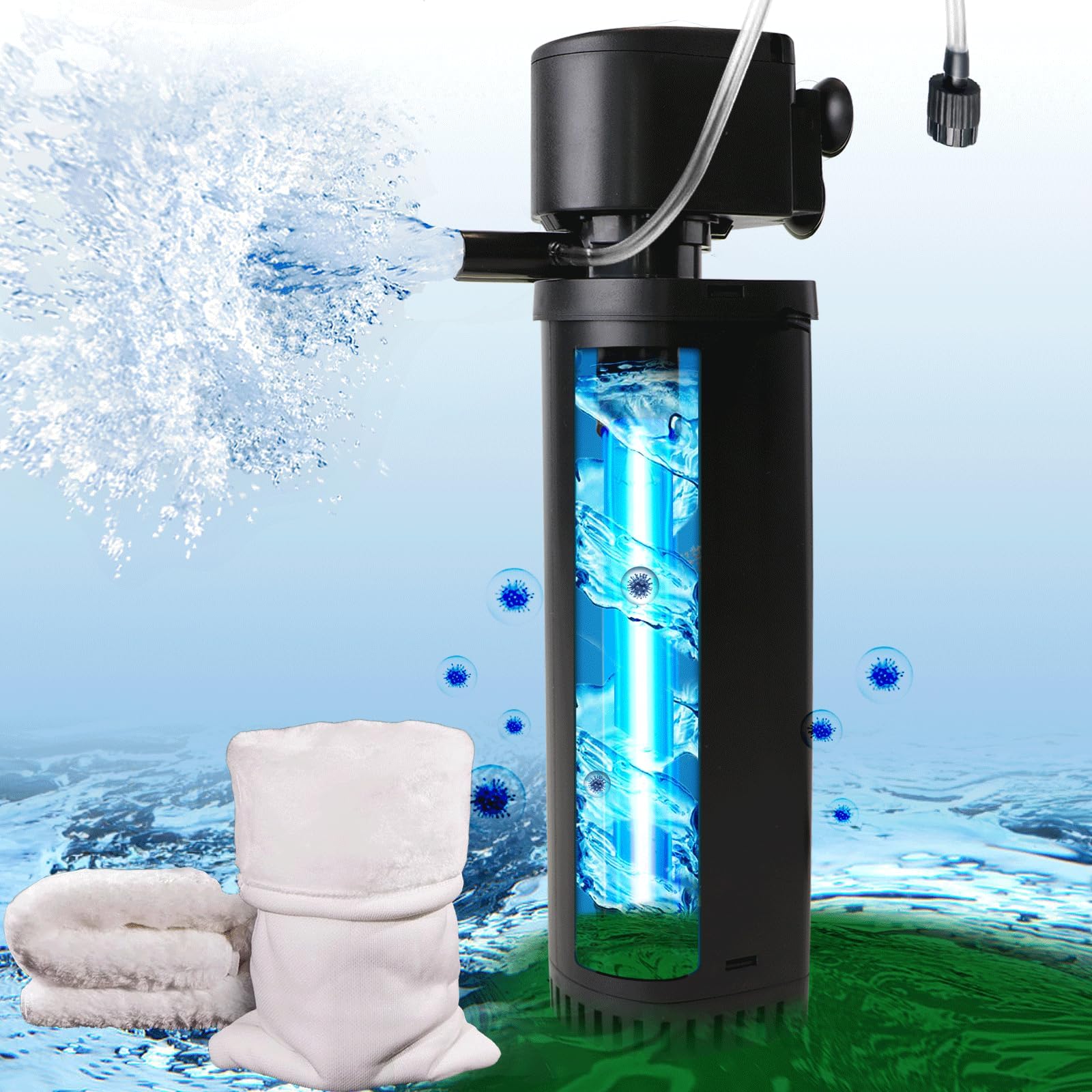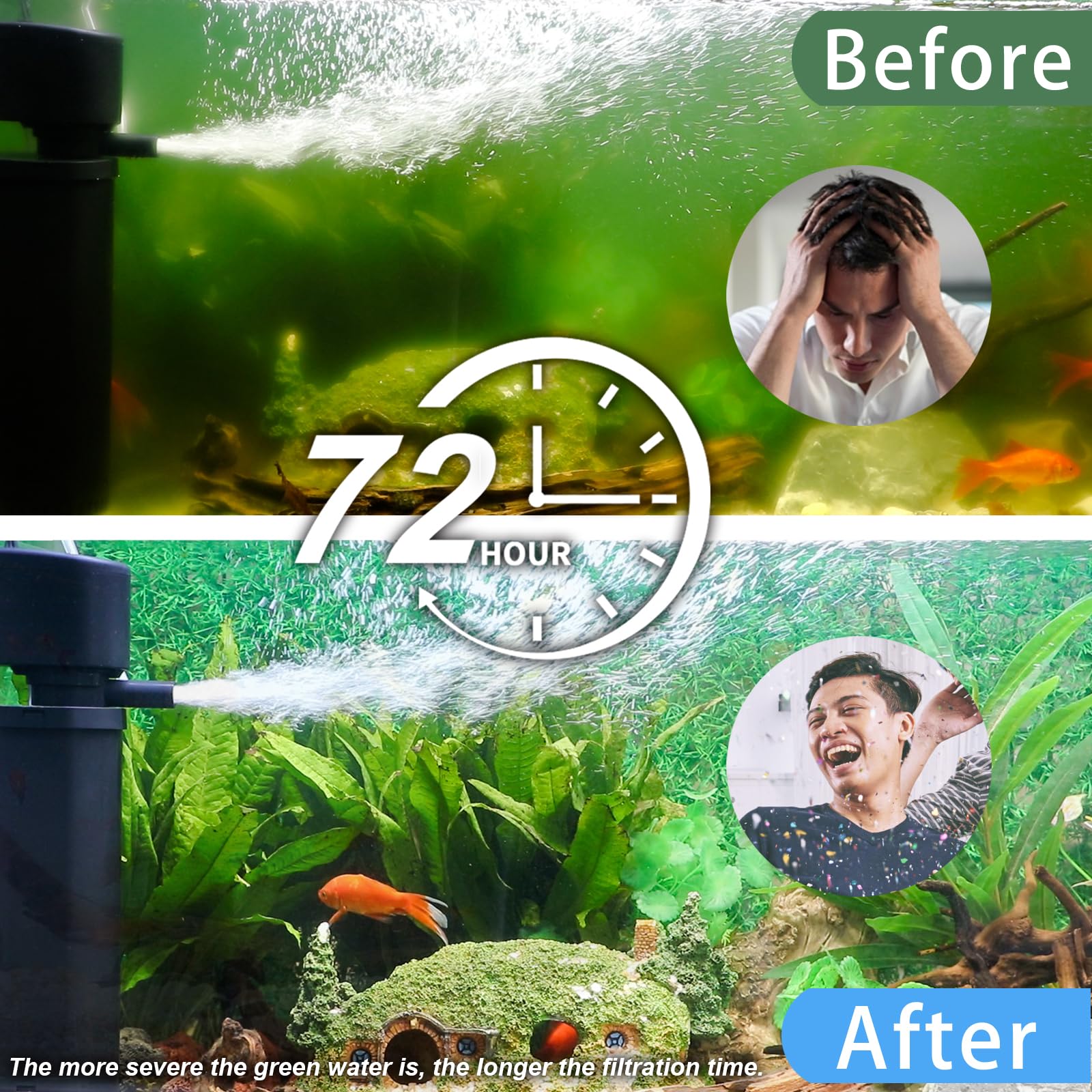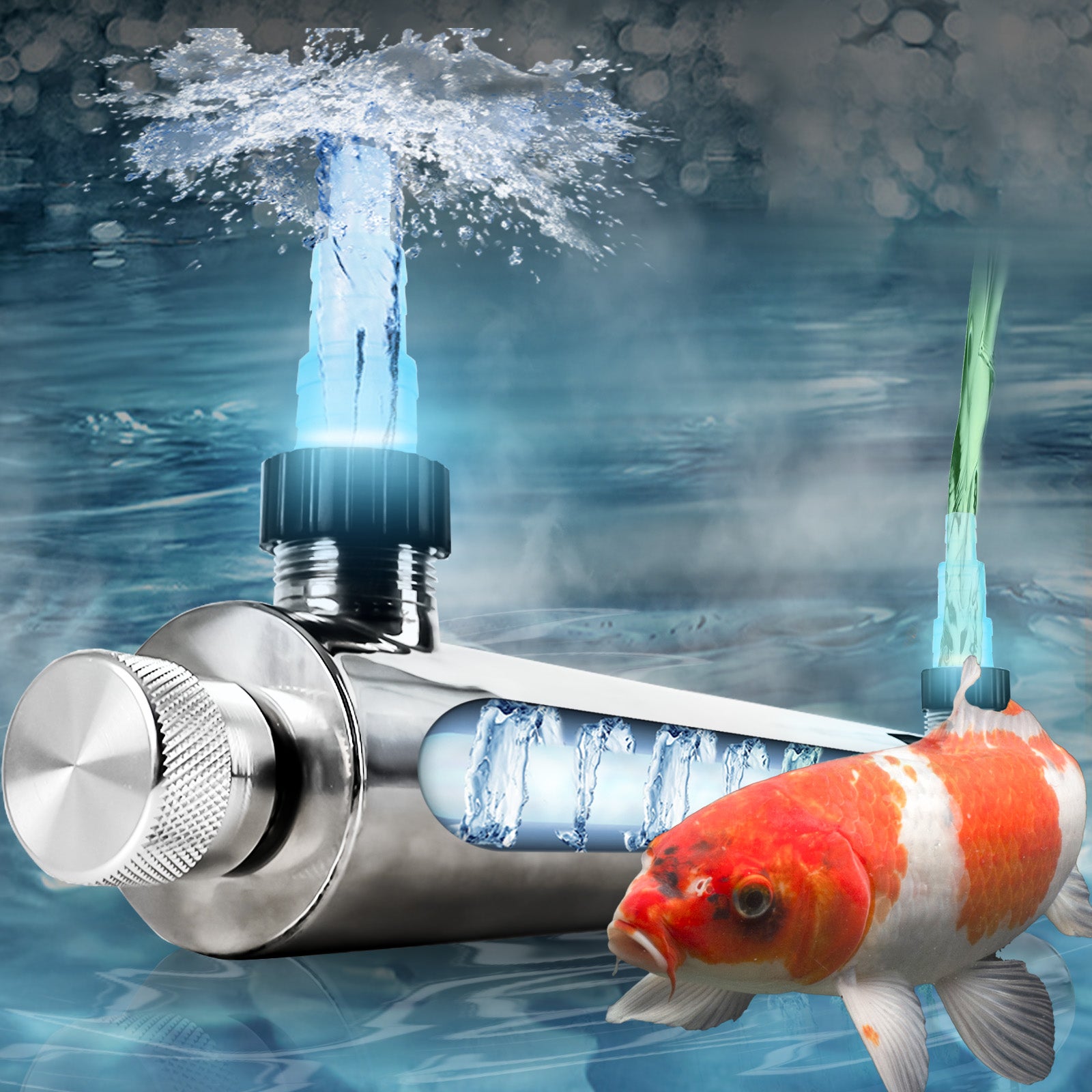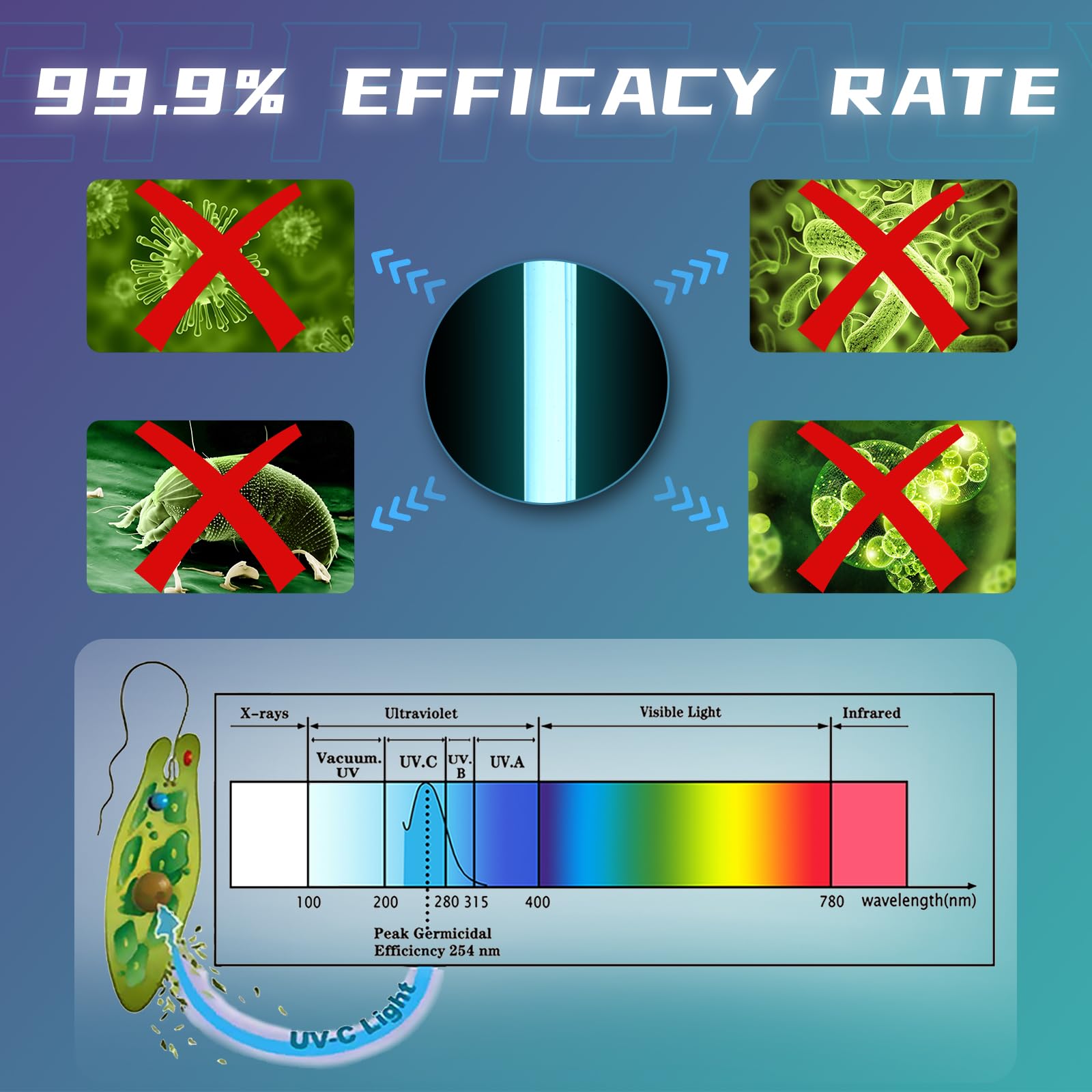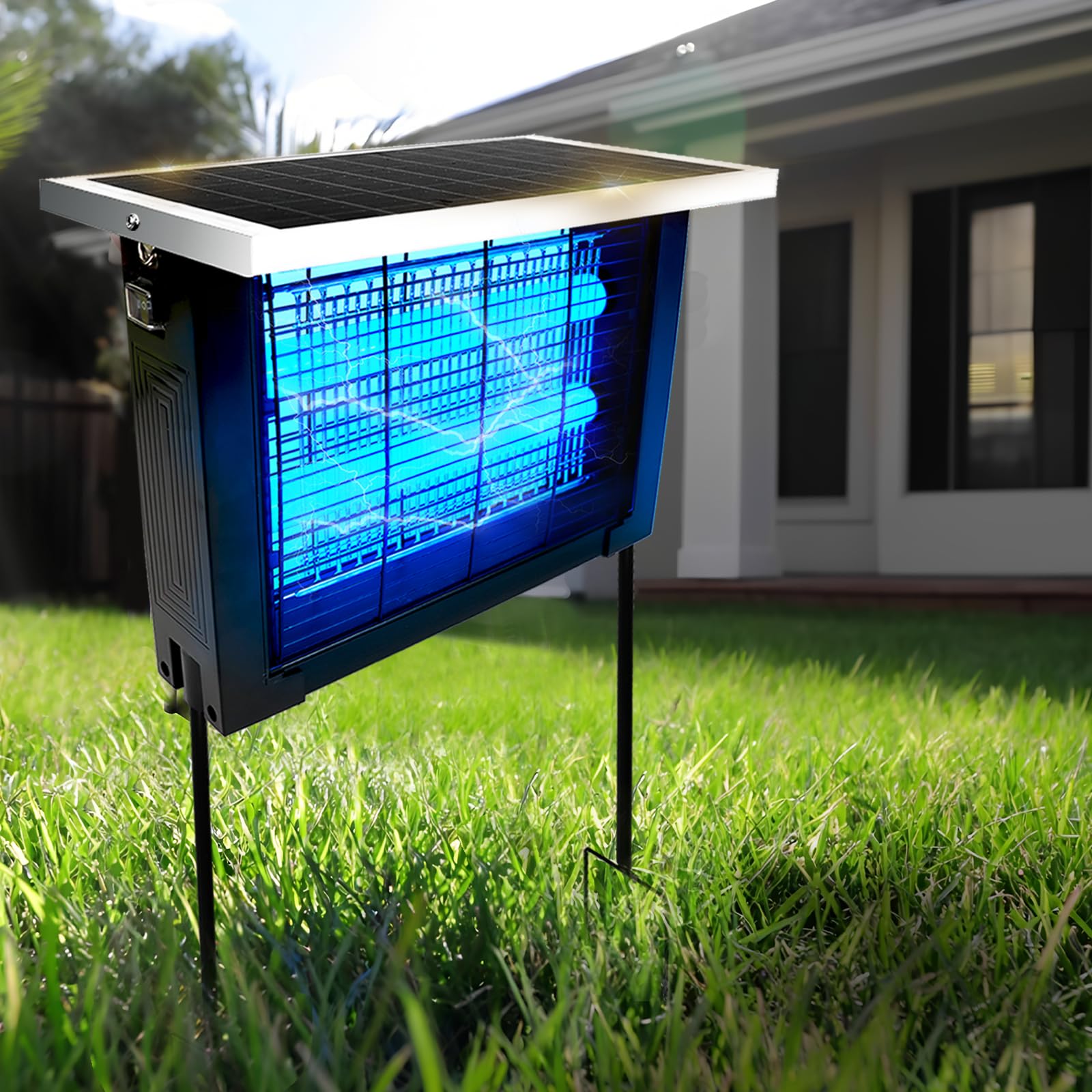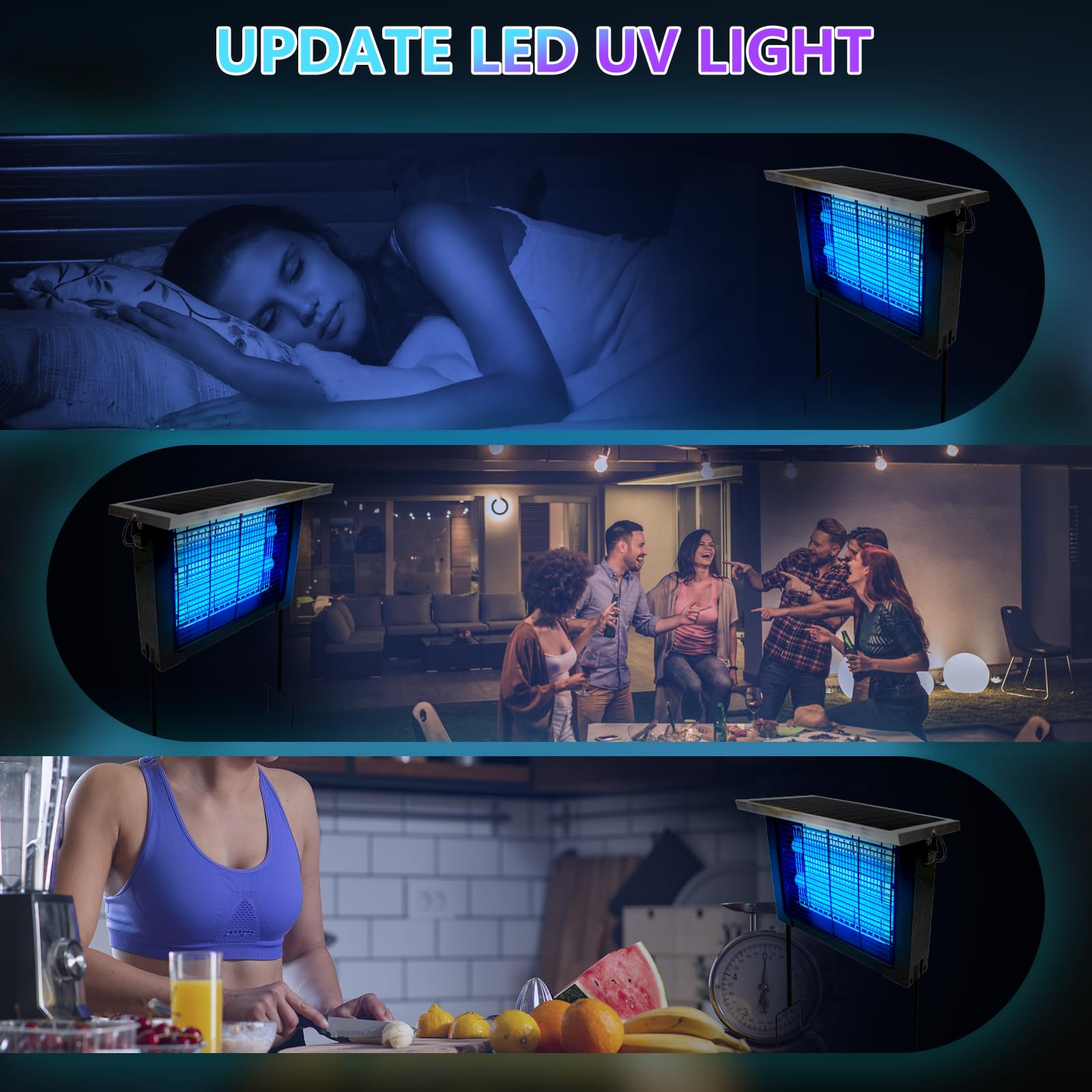Every second, your body emits over 100 watts of infrared (IR) radiation—a silent thermal signature invisible to human eyes. But what about artificial light sources? From the humble incandescent bulb to cutting-edge quantum dot LEDs, the journey from electricity to infrared involves fascinating physics that powers industries worth $12.7 billion, including night vision, medical therapy, and climate monitoring.
This 5,000-word guide peels back the layers of photon generation, explaining exactly how everyday objects and advanced devices produce infrared radiation. We’ll explore thermal vs. non-thermal emitters, decode Planck’s radiation law with real-world examples, and reveal why NASA uses specially engineered IR lasers to study atmospheric CO₂ from space.
1. Infrared Radiation 101: Physics of the Thermal Spectrum
1.1 Electromagnetic Spectrum Refresher
- Infrared Range: 700 nm (near-IR) to 1 mm (far-IR).
-
Key Subdivisions:
- Near-IR (NIR): 0.7–1.4 μm (fiber optics, remote controls).
- Short-Wave IR (SWIR): 1.4–3 μm (night vision, moisture detection).
- Mid-Wave IR (MWIR): 3–8 μm (missile guidance, gas analysis).
- Long-Wave IR (LWIR): 8–15 μm (thermal imaging, human body radiation).
Fun Fact: 98% of the Sun’s energy reaching Earth is IR or visible light.
1.2 The Quantum Mechanics of Light Emission
-
Photon Generation Basics:
- Electron Transitions: Electrons drop from higher to lower energy states, releasing photons.
- Energy-Wavelength Link: , where = Planck’s constant, = light speed.
Example: A 1550 nm IR photon (common in telecom) carries Joules.
2. Thermal Emitters: Heat-Driven Infrared Sources
2.1 Incandescent Lamps: Blackbody Radiation in Action
-
How It Works:
- Electric current heats tungsten filament to ~2500°C.
- Atoms vibrate violently, emitting broadband IR via blackbody radiation.
- Only 10% of energy becomes visible light; 90% escapes as IR/heat.
Math Corner:
Using Planck’s Law:
At 2500 K, peak emission occurs at ~1.16 μm (infrared).
Applications:
- Heat Lamps: Restaurant food warmers (2500–3000 nm FIR).
- Thermal Testing: Simulating solar IR for spacecraft materials.
2.2 Ceramic Heaters & Resistance Wires
- Design: Nickel-chromium coils embedded in ceramic.
- Efficiency: 85–95% of input energy converts to IR (vs. 90% loss in incandescents).
- Peak Wavelength: 2000–5000 nm (far-IR) at 500–800°C.
Case Study: Infrared saunas use ceramic emitters to raise skin temperature by 3°C within 10 minutes.
3. Non-Thermal Emitters: Precision IR Generation
3.1 Light-Emitting Diodes (IR LEDs)
-
Semiconductor Physics:
- Material Choice: Gallium arsenide (GaAs) for 850–940 nm NIR.
- Bandgap Engineering: Adjusting semiconductor alloys (e.g., InGaAs) tunes wavelength.
Key Stats:
- Efficiency: Modern IR LEDs hit 40–50% wall-plug efficiency.
- Lifetime: 50,000+ hours (vs. 1,000 hrs for thermal emitters).
Applications:
- Surveillance Cameras: 940 nm LEDs enable covert night vision.
- Pulse Oximeters: 660 nm (red) + 940 nm (IR) detect blood oxygen.
3.2 Laser Diodes: Coherent Infrared Beams
-
How Lasers Work:
- Stimulated Emission: Photons trigger identical photon releases.
- Optical Cavity: Mirrors amplify light into a coherent beam.
-
Common IR Lasers:
- Diode Lasers: 808 nm (NIR) for hair removal.
- CO₂ Lasers: 10.6 μm (FIR) for industrial cutting.
NASA’s Use:
- Orbiting Carbon Observatory-3: Uses 1570 nm lidar to map global CO₂ levels.
4. Natural Infrared Sources
4.1 The Sun: Earth’s Primary IR Engine
-
Solar Spectrum:
- 7% UV, 44% visible, 49% IR.
- Peak terrestrial IR absorption: 1500–2000 nm (water vapor bands).
Climate Impact: Greenhouse gases (CO₂, methane) trap outgoing LWIR (8–14 μm).
4.2 Biological IR Emission
- Human Body: Emits 9–10 μm LWIR (300–500 W/m² at rest).
- Thermoregulation: Blood flow adjustments alter skin’s IR signature—used in lie detection.
5. Advanced IR Generation Technologies
5.1 Quantum Cascade Lasers (QCLs)
- Principle: Electron “staircase” transitions in semiconductor heterostructures.
-
Advantages:
- Tunability: Emit 3–25 μm (entire mid-IR to FIR range).
- Power: Up to 5 W continuous wave.
-
Applications:
- Breath Analysis: Detects acetone (diabetes marker) at 8.2 μm.
- Explosive Detection: Identifies TNT vapors via 7–12 μm absorption.
5.2 Supercontinuum Sources
- How: Pump high-power laser into nonlinear fiber, generating ultra-broadband IR.
- Range: 1–4 μm (NIR-SWIR) in a single beam.
-
Use Cases:
- Hyperspectral Imaging: Detects counterfeit drugs via molecular “fingerprints.”
6. IR Generation Efficiency: Comparing Technologies
| Source | Efficiency | Bandwidth | Cost per Watt |
|---|---|---|---|
| Incandescent | 5–10% | Broad (1–10 μm) | $0.10 |
| Ceramic Heater | 85–95% | Broad (3–8 μm) | $1.50 |
| IR LED | 40–50% | Narrow (±20 nm) | $5.00 |
| Quantum Cascade Laser | 15–20% | Tunable (3–25 μm) | $10,000+ |
7. Engineering Challenges in IR Source Design
7.1 Heat Management
- Issue: High-power IR devices (e.g., CO₂ lasers) waste 80% energy as heat.
-
Solutions:
- Microchannel coolers (e.g., II-VI Incorporated’s diamond substrates).
- Thermoelectric coolers (Peltier effect) for precision temperature control.
7.2 Material Limitations
- Silicon’s Cutoff: Opaque beyond 1.1 μm → Requires germanium or InGaAs for SWIR.
- Atmospheric Windows: Optimal IR transmission bands (e.g., 3–5 μm, 8–12 μm).
8. Future Trends in IR Generation
8.1 Nanophotonics
- Plasmonic Structures: Gold nanoparticles enhance IR emission via localized surface plasmons.
- Meta-Lenses: Flat optics made of silicon nano-pillars focus IR without bulky lenses.
8.2 2D Materials
- Graphene IR Emitters: Tunable from THz to NIR via electrostatic doping.
- Black Phosphorus: Anisotropic IR emission for polarization-sensitive sensors.
8.3 Bio-Inspired Designs
- Moth-Eye Anti-Reflective Coatings: Maximize IR transmission in humid environments.
- Firefly-Inspired Cooling: Microstructures mimicking insect cuticles dissipate heat.
9. DIY Experiments: Generating IR at Home
9.1 Converting a Flashlight into an IR Source
- Materials: Standard LED flashlight, 850 nm IR filter film ($5 on Amazon).
-
Steps:
- Cut filter film to fit flashlight lens.
- Test with smartphone camera (sensors detect NIR).
Result: Covert room surveillance or nighttime wildlife observation.
9.2 Baking a “Blackbody”
- Setup: Heat a cast iron skillet to 500°F (260°C).
- Measurement: Use a thermal camera (FLIR ONE) to view 4–8 μm LWIR emission.
Science Link: Confirms Wien’s Law: .
10. Environmental & Safety Considerations
10.1 Energy Consumption
- Global Impact: IR heating accounts for 7% of industrial electricity use.
- Solution: Switch from tungsten to ceramic IR emitters (cuts energy use by 40%).
10.2 Ocular Hazards
-
Risk Zones:
- NIR (780–1400 nm): Penetrates cornea → retinal damage.
- CO₂ Lasers (10.6 μm): Absorbed by cornea → corneal burns.
- Protection: Polycarbonate goggles with OD 4+ rating.
Conclusion
From the warmth of a campfire to the precision of a surgical laser, infrared radiation bridges the primal and the ultra-modern. Understanding how light sources generate IR isn’t just academic—it’s key to advancing renewable energy, medical diagnostics, and even interplanetary exploration. Whether you’re engineering the next-gen quantum cascade laser or simply curious about your TV remote’s hidden glow, remember: the invisible world of infrared is what keeps our visible world running.
References & Further Reading:
- Rogalski, A. Infrared Detectors. CRC Press, 2020.
- NASA. Quantum Cascade Laser Spectrometer for Atmospheric Studies. 2023.
- IEEE Photonics Society. Emerging Trends in Mid-IR Photonics.
Call to Action:
Curious about building your own IR emitter? Share your project ideas below—we’ll feature the most innovative designs in our next post!

